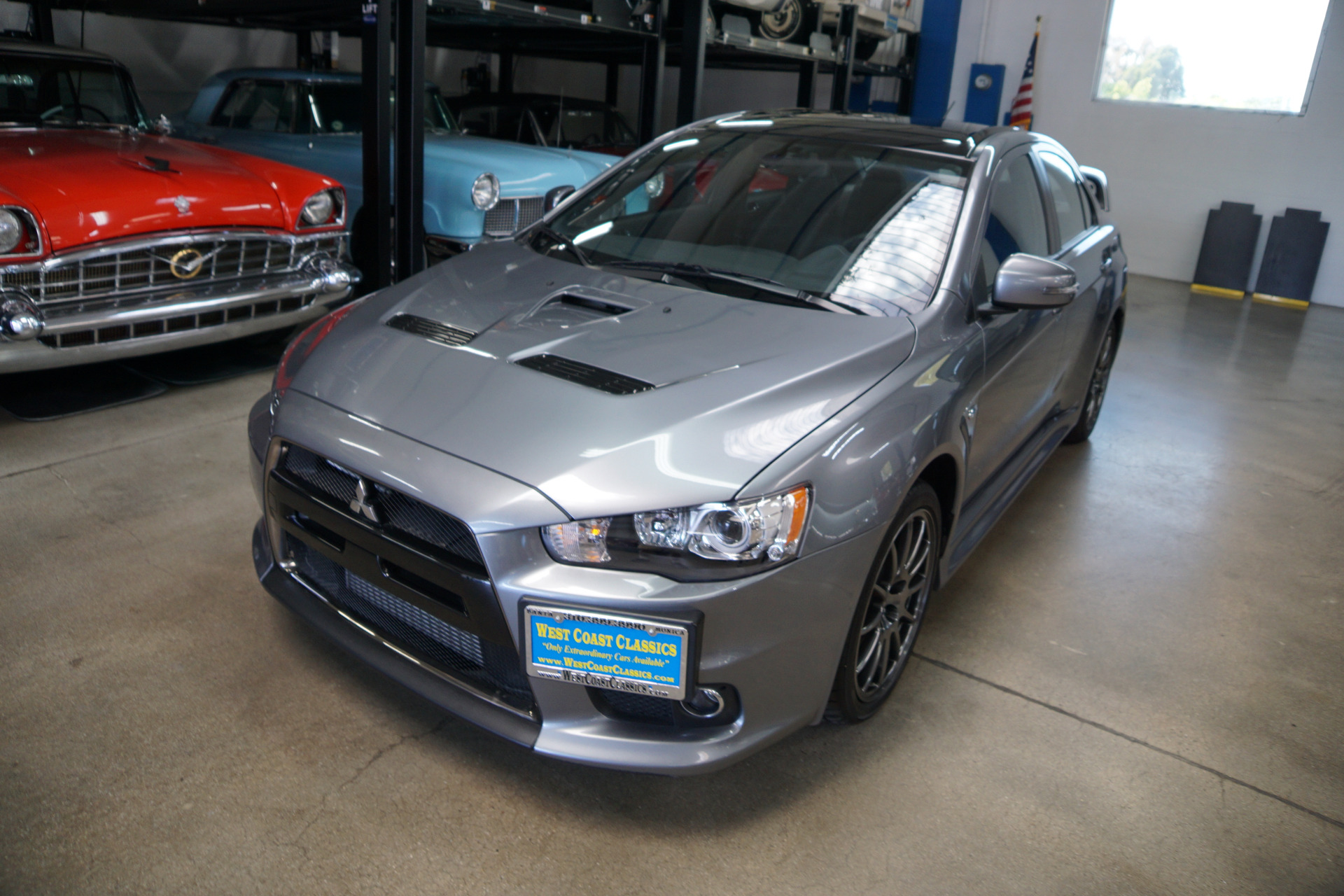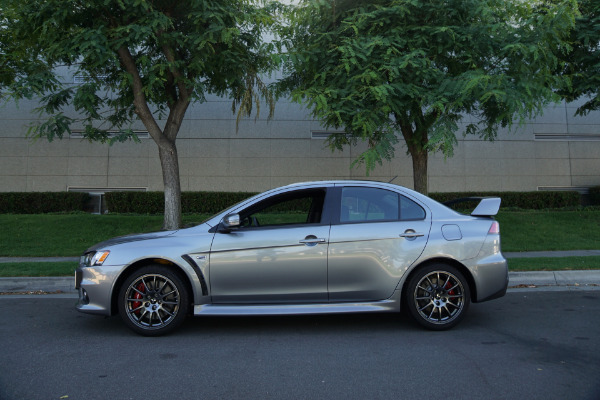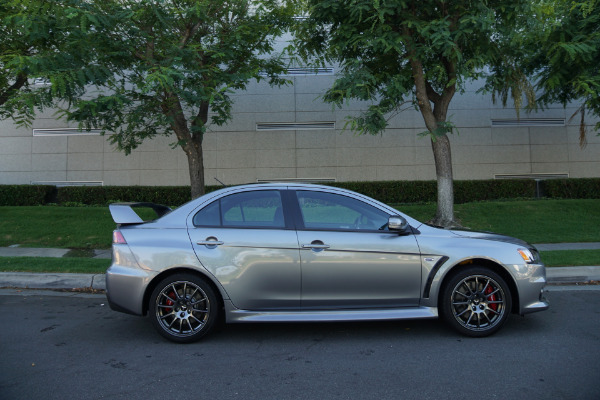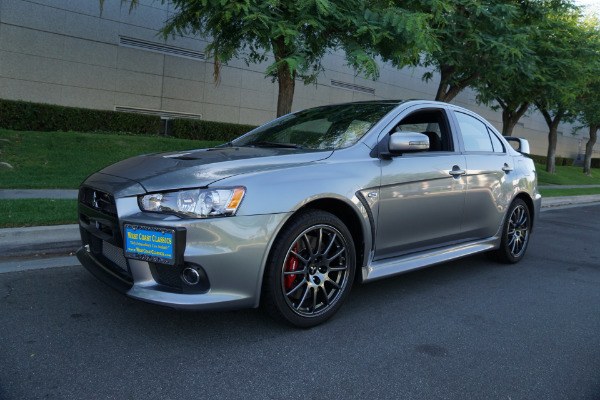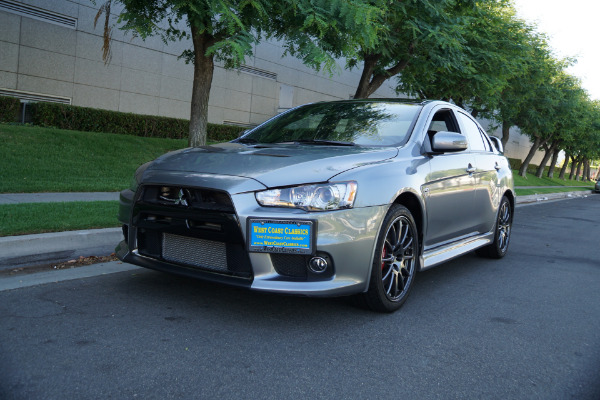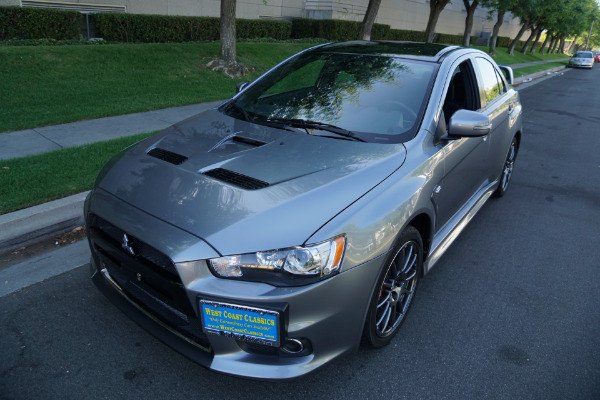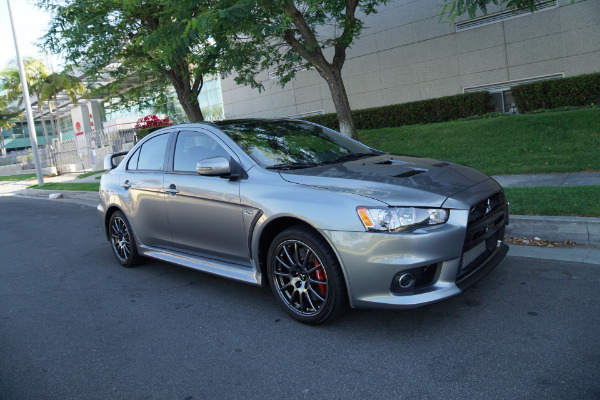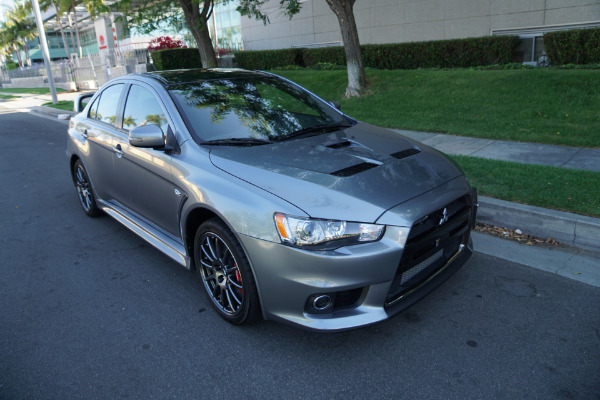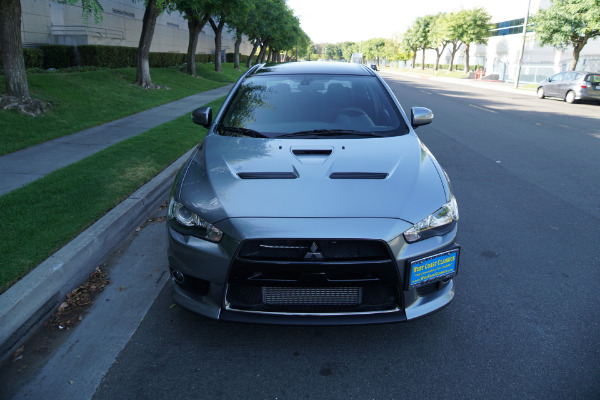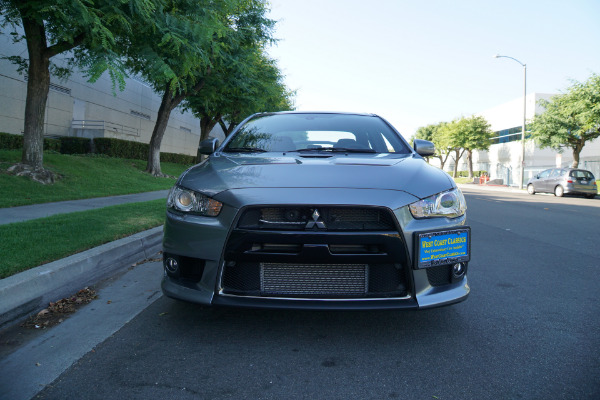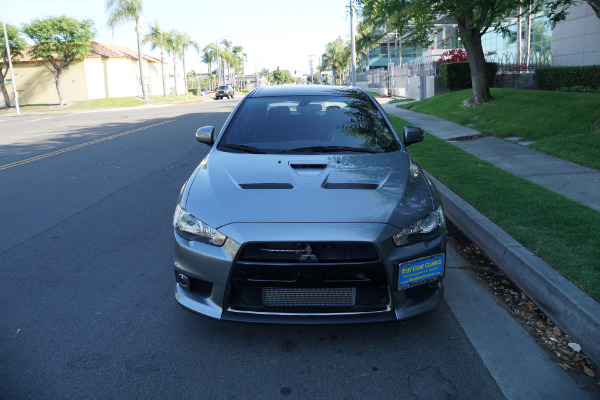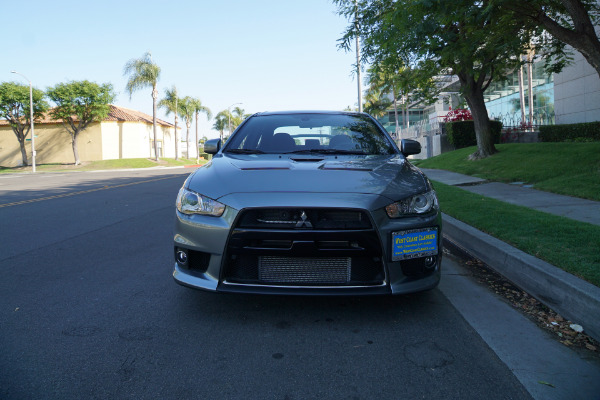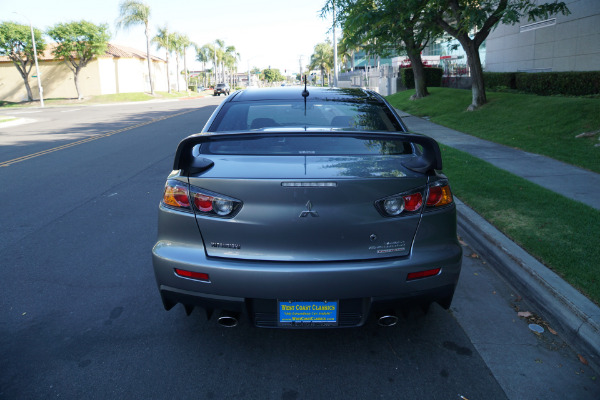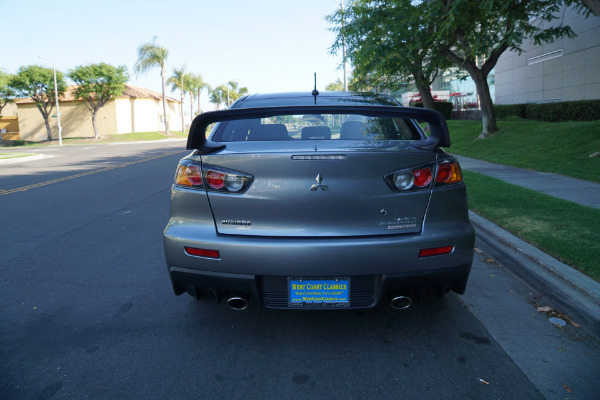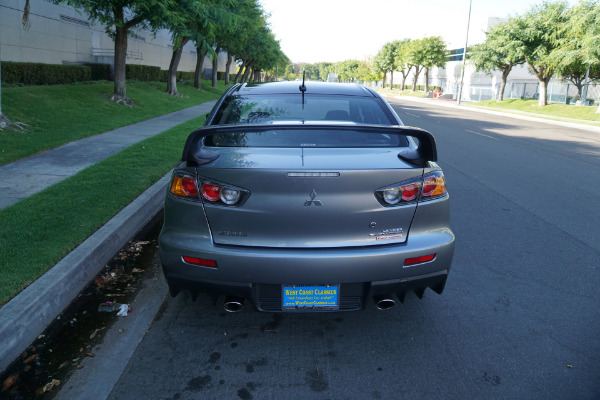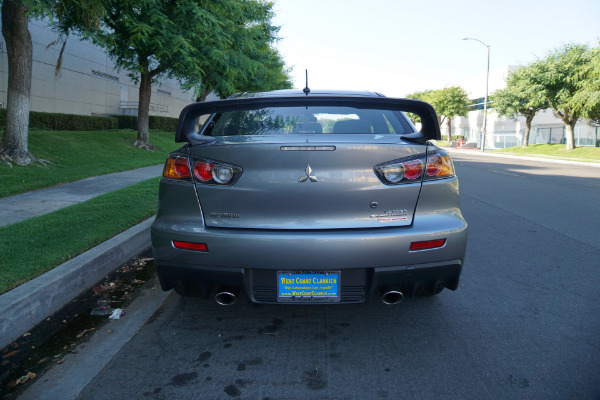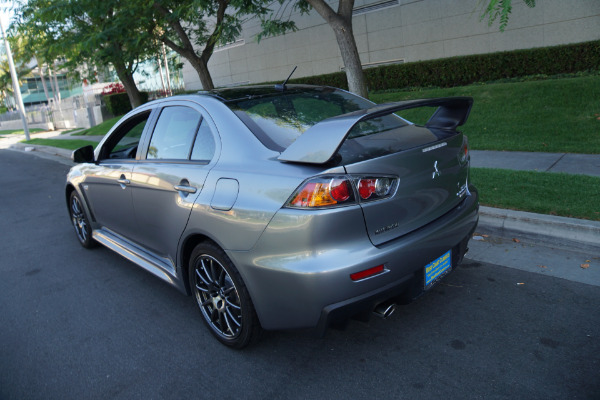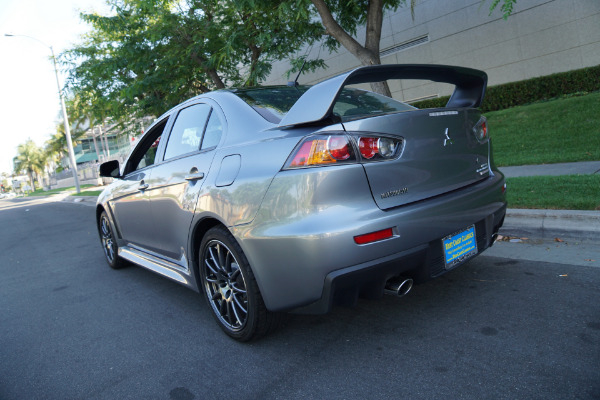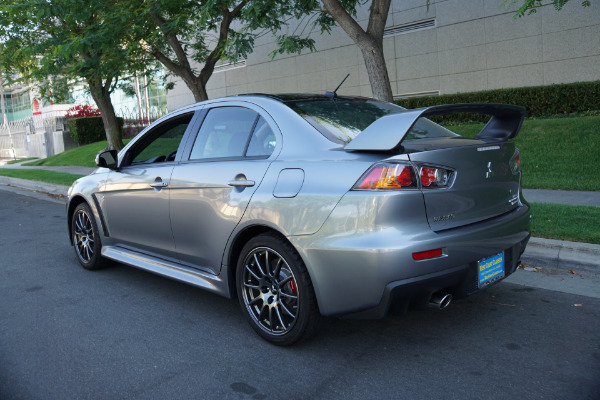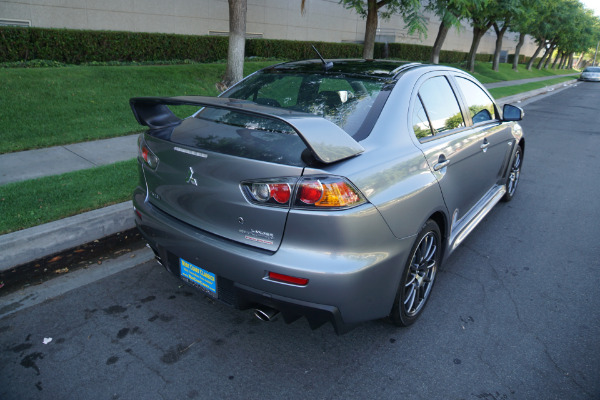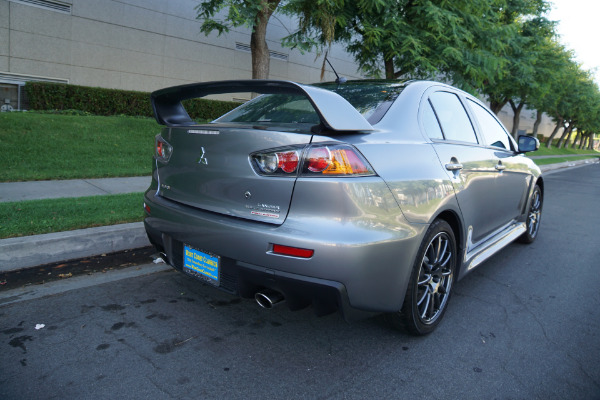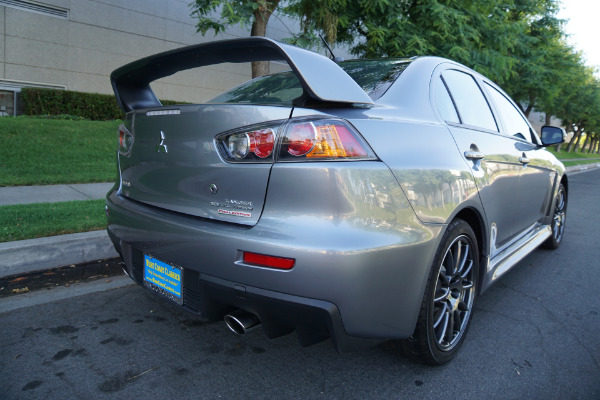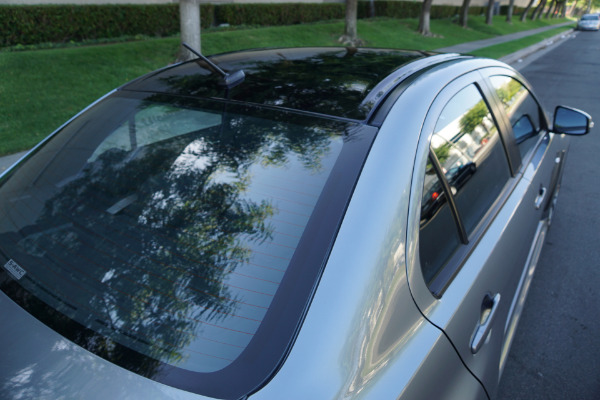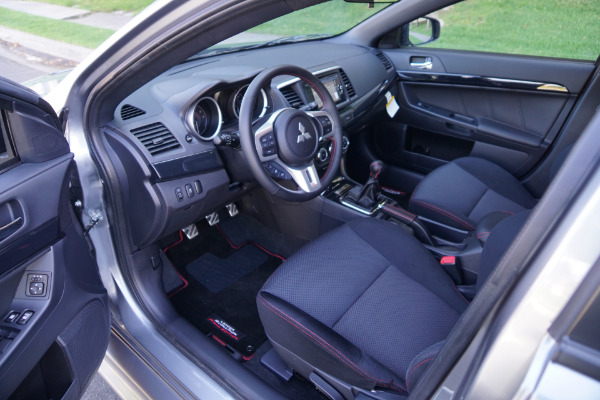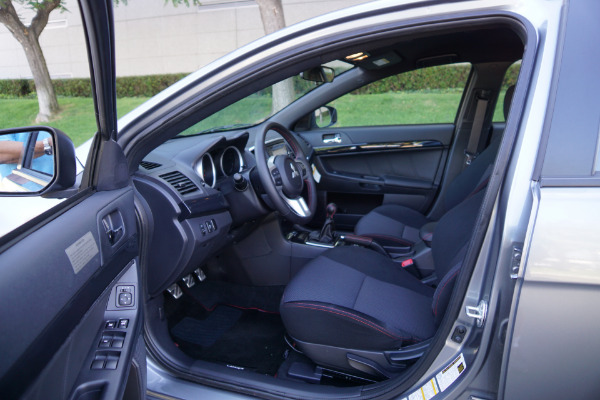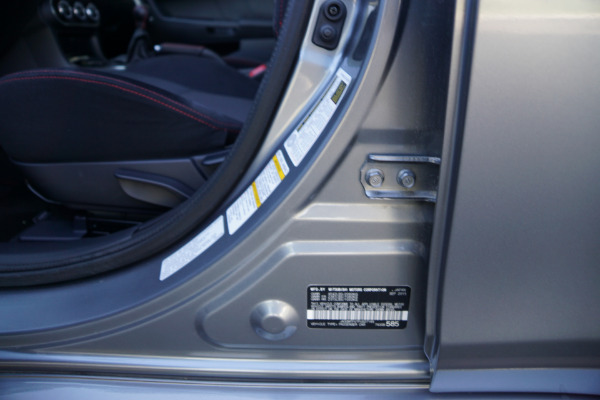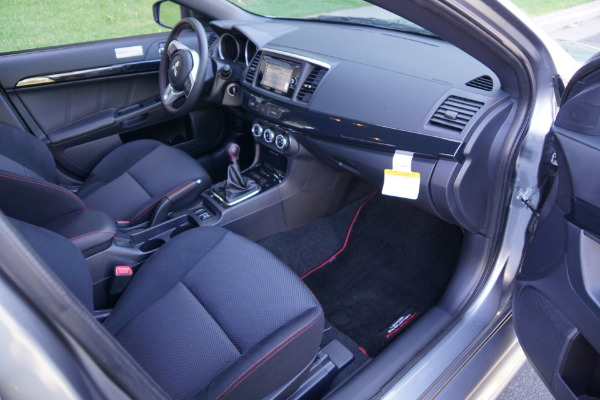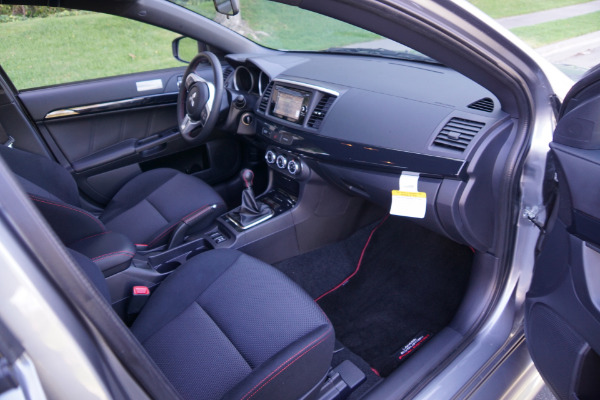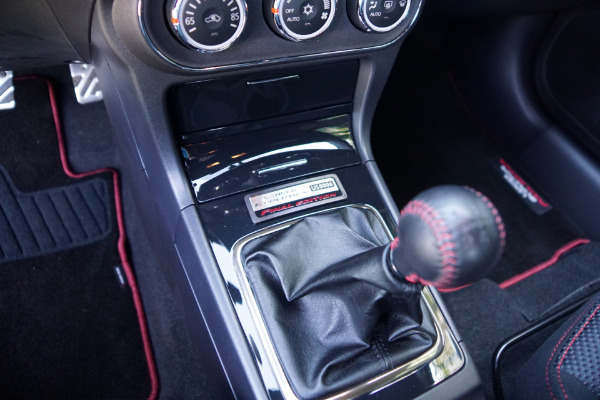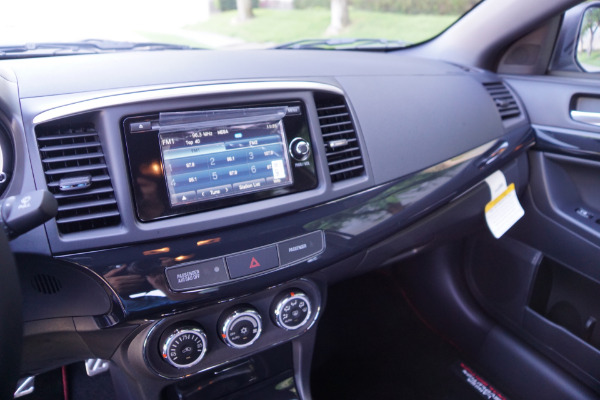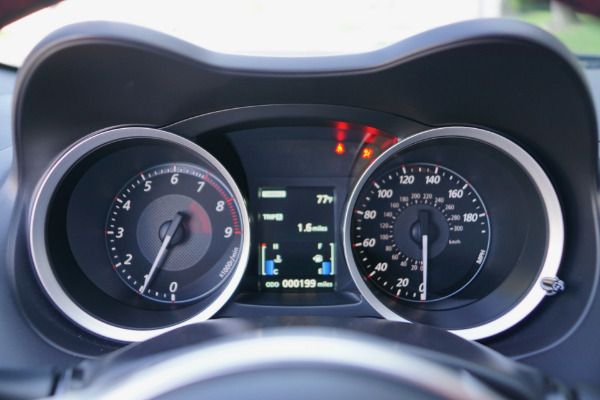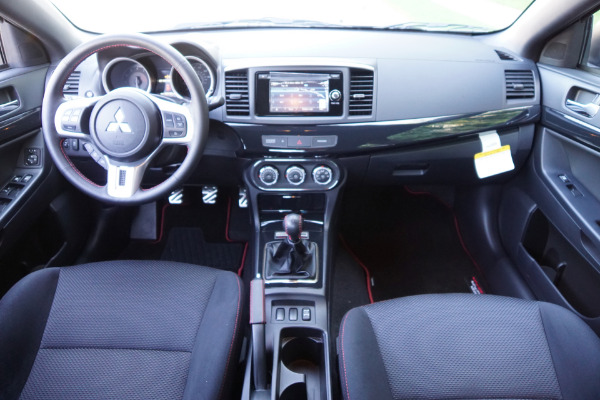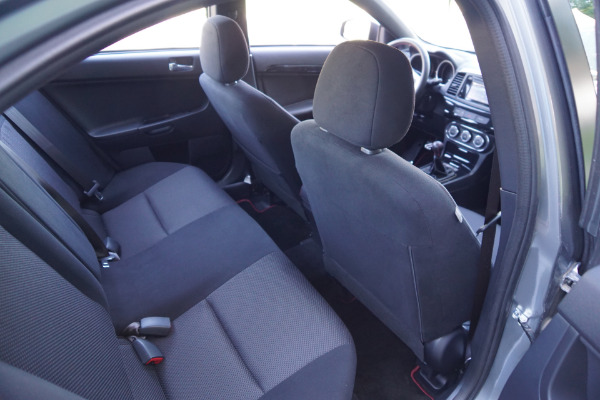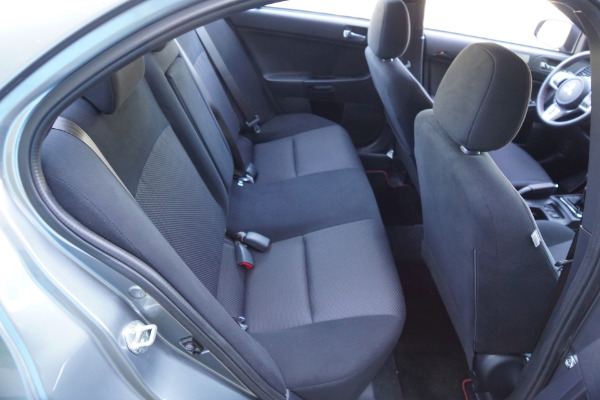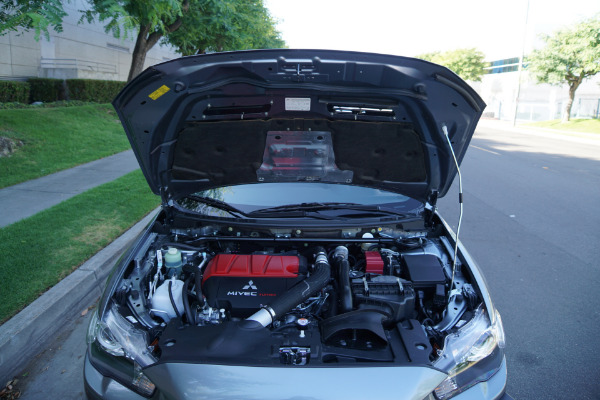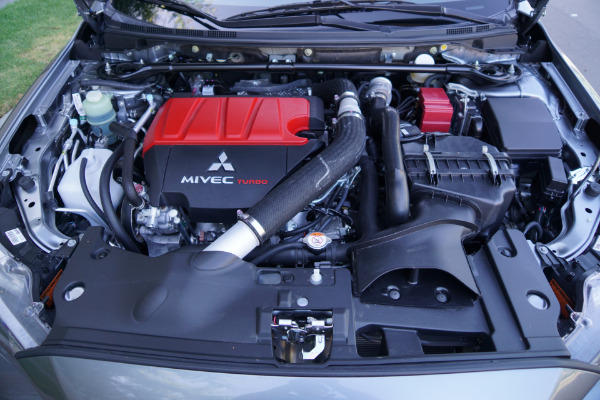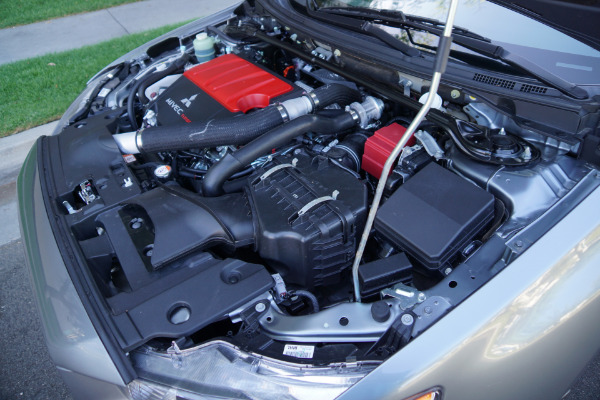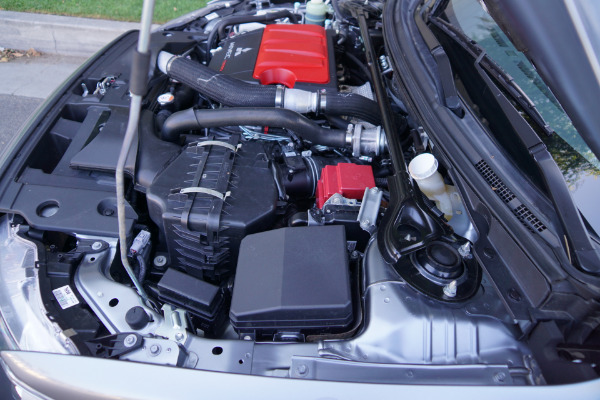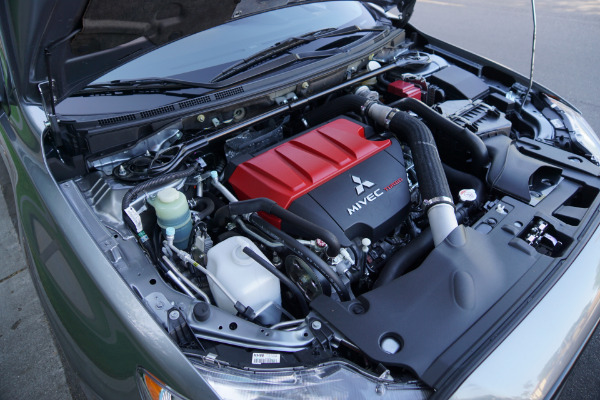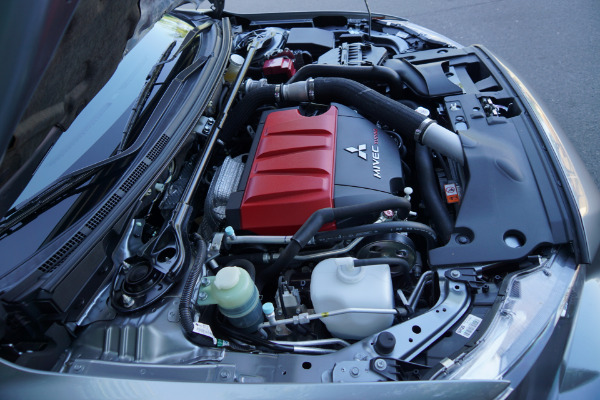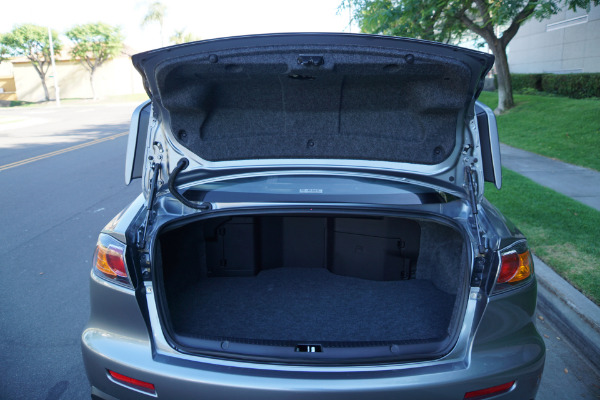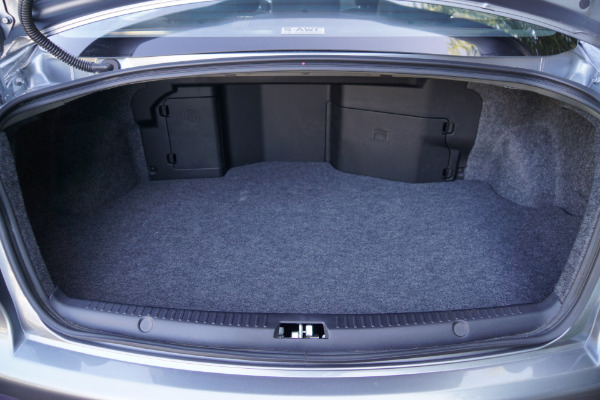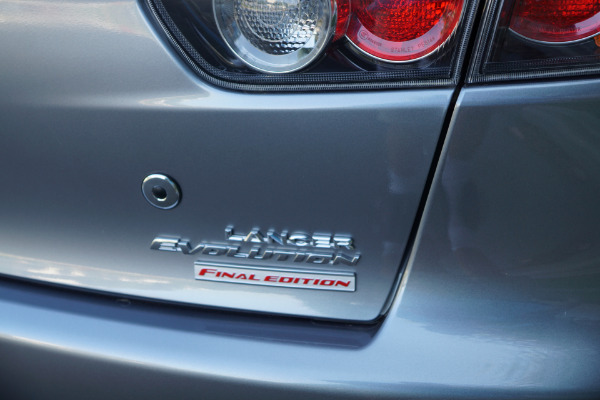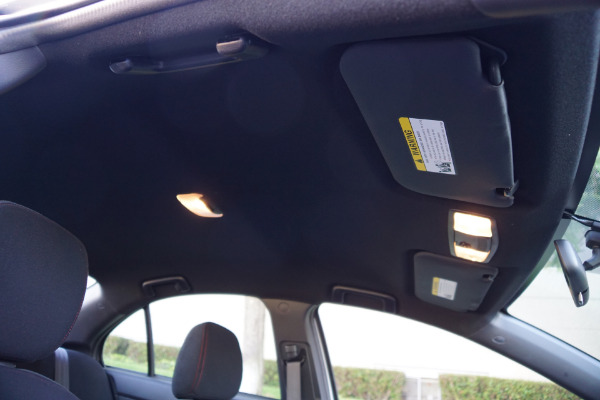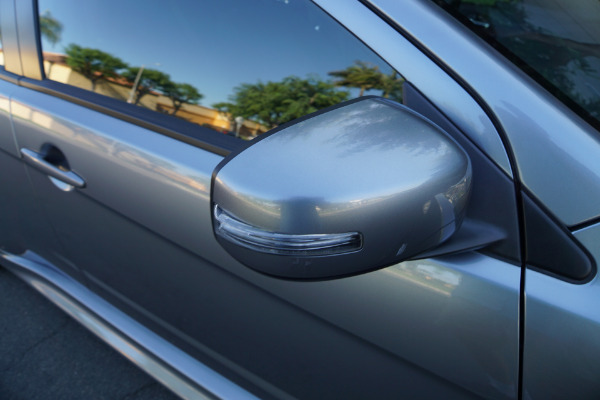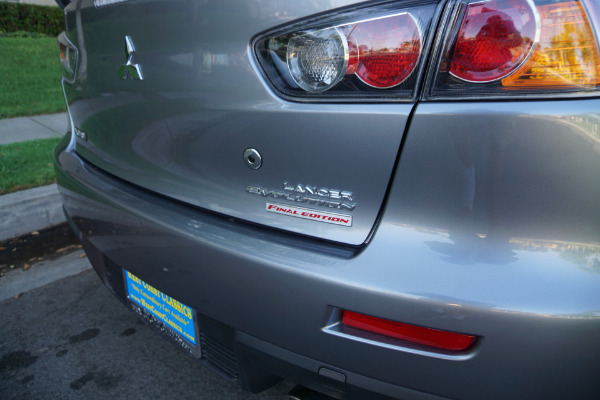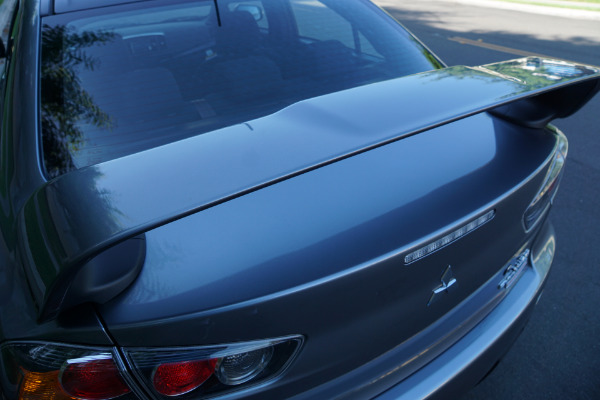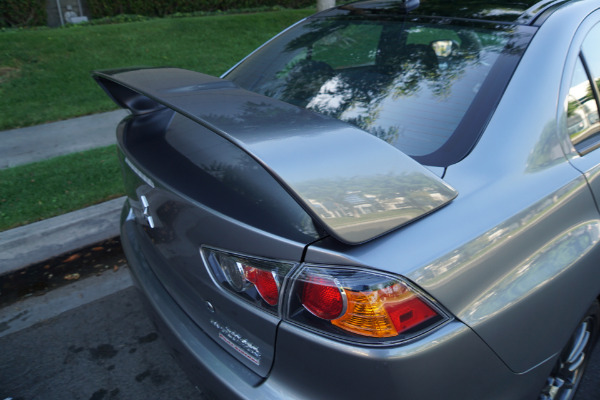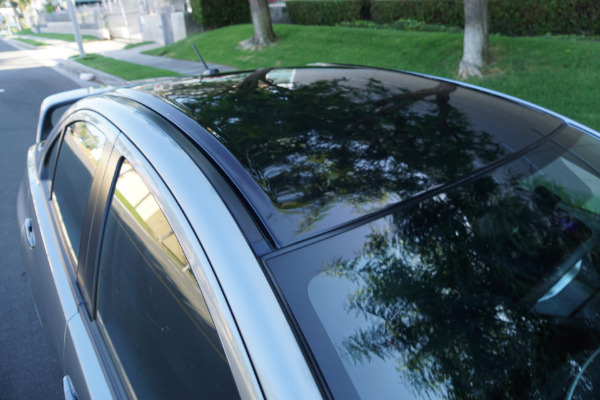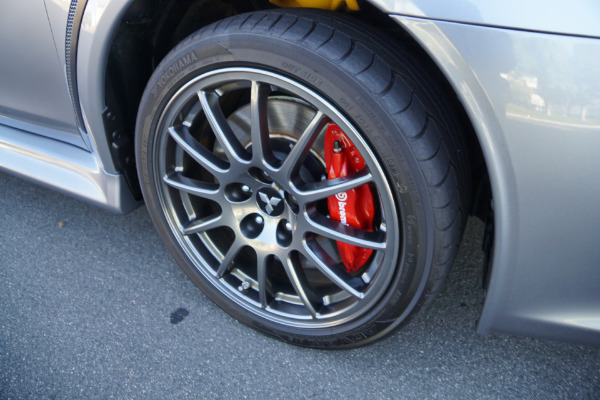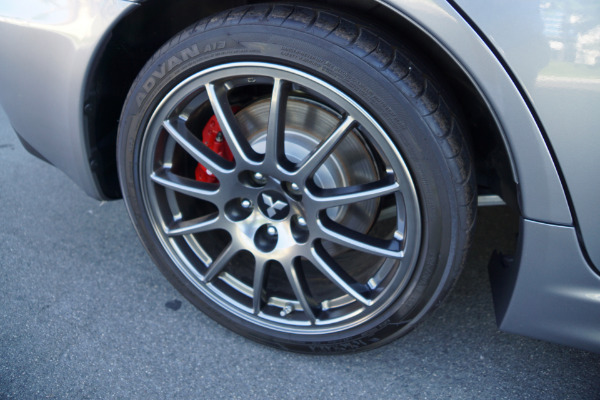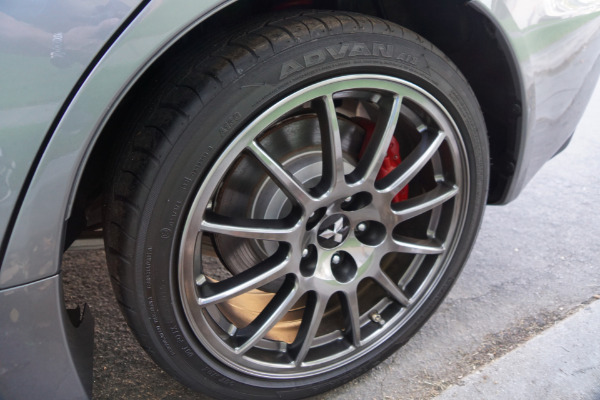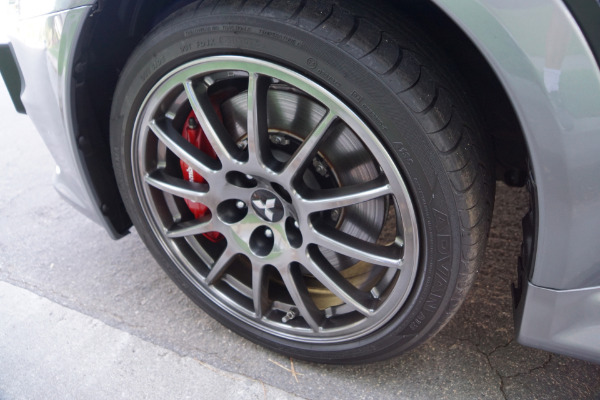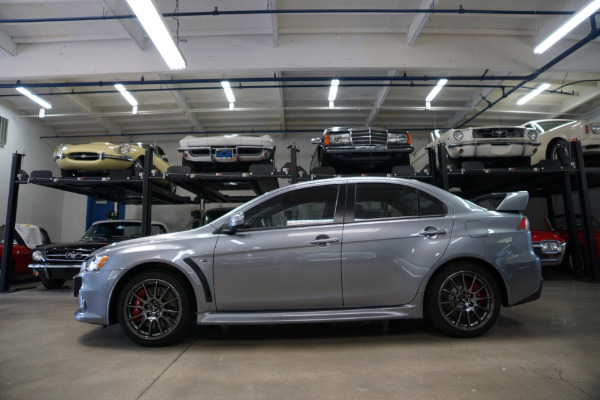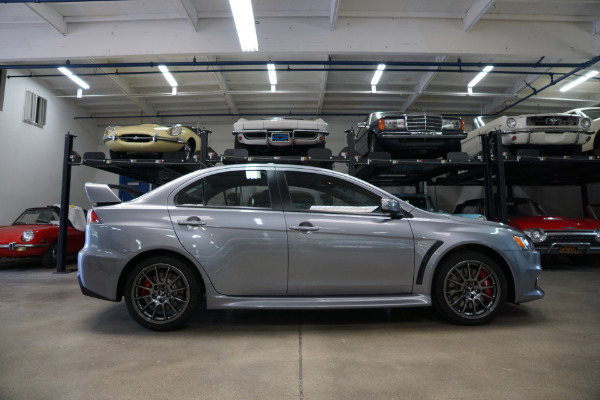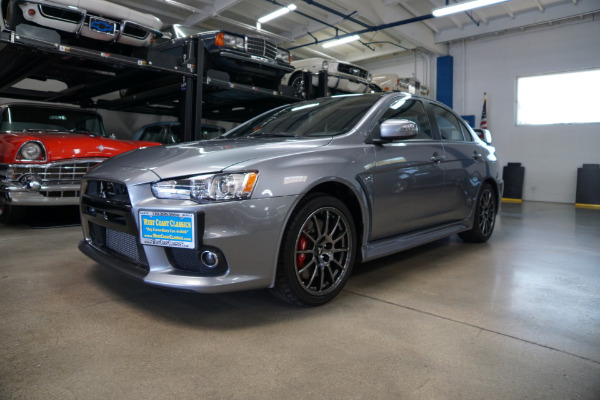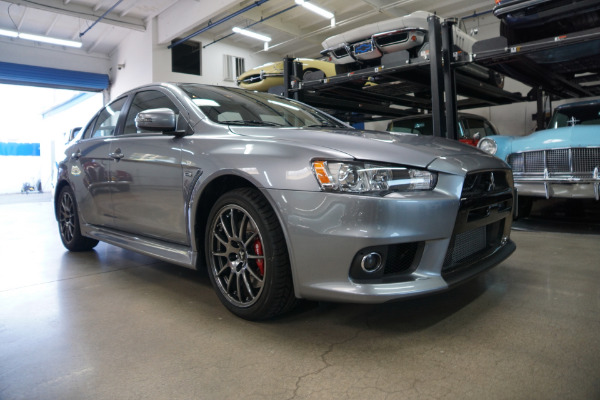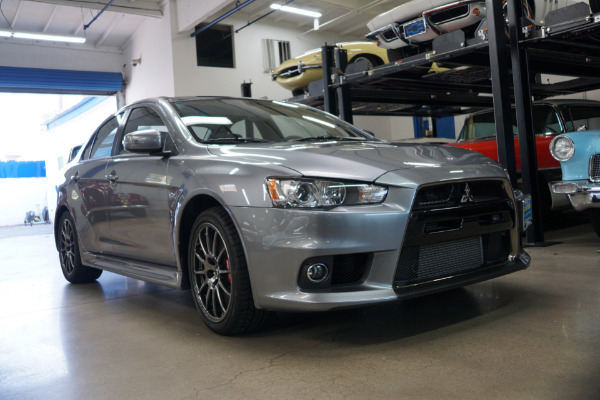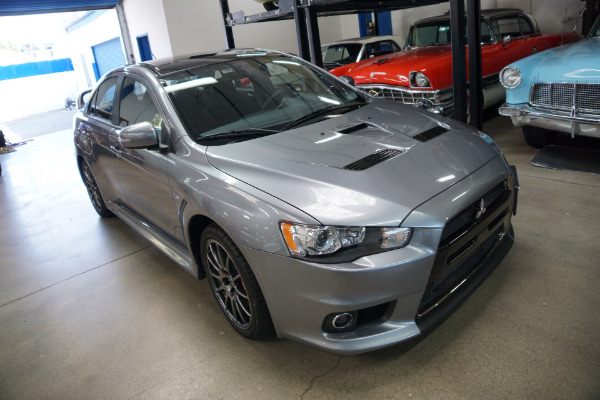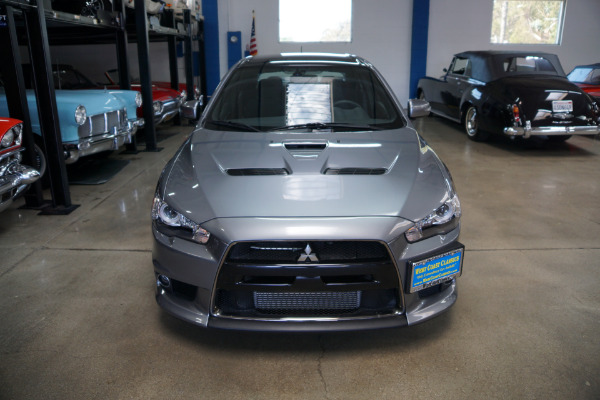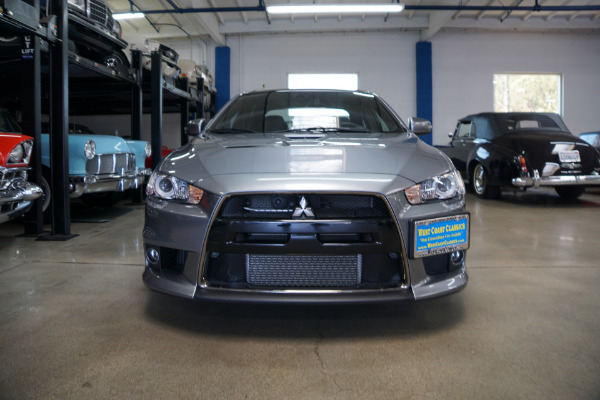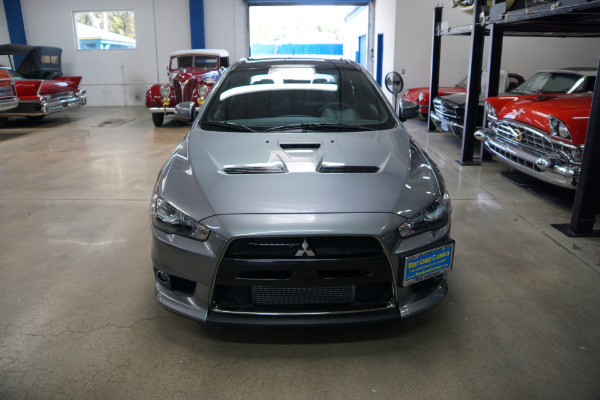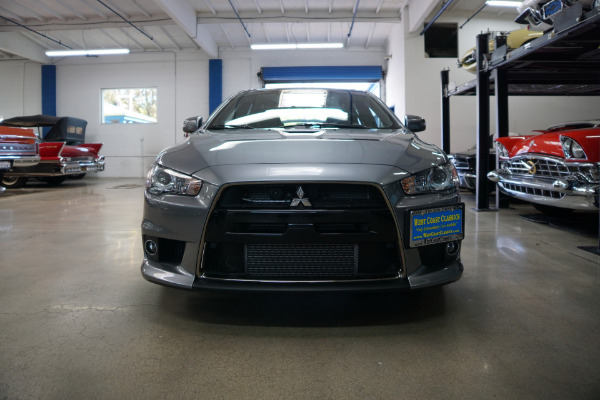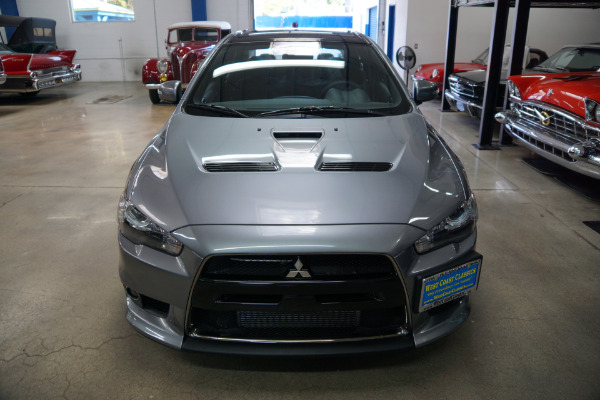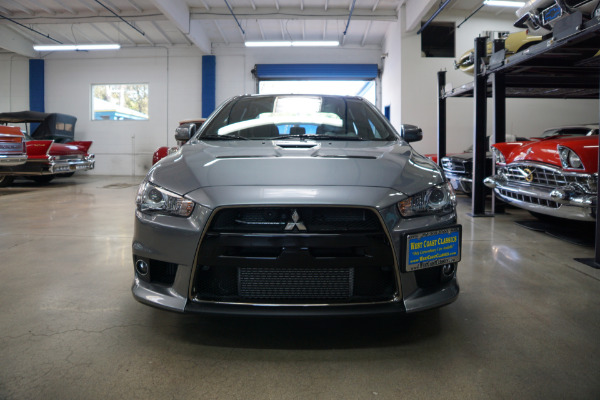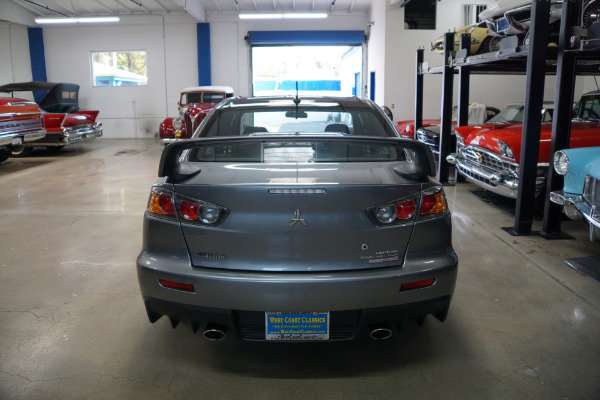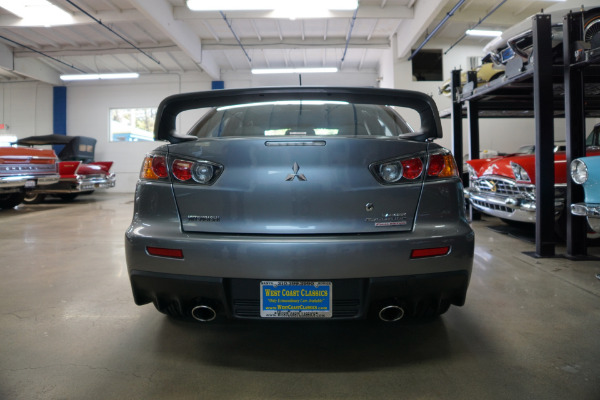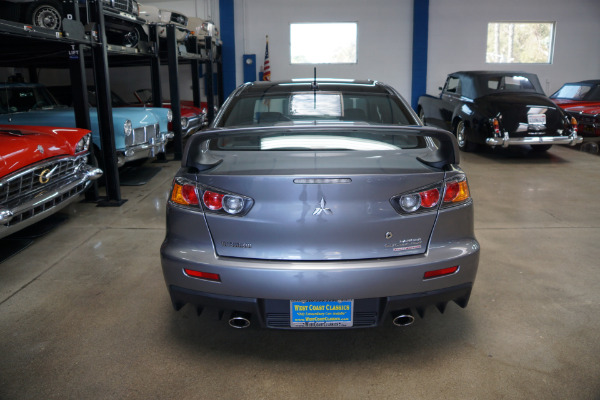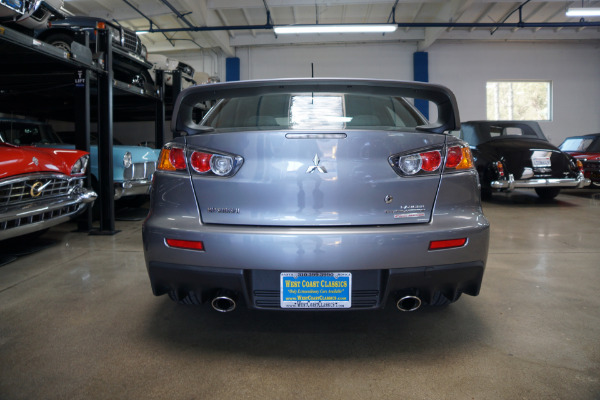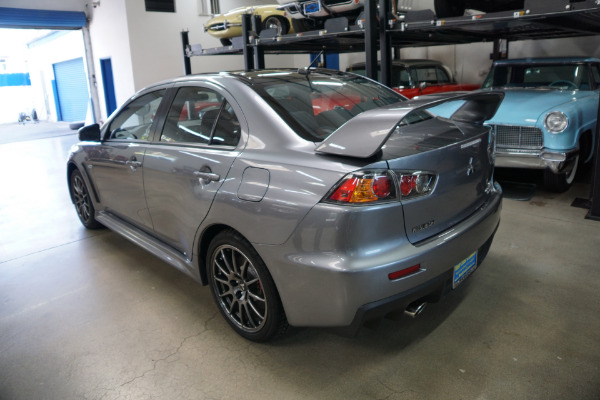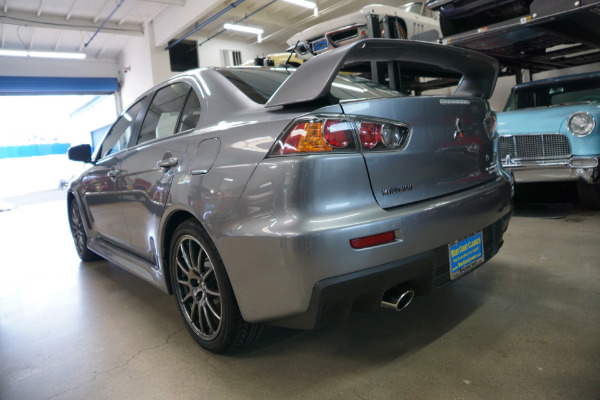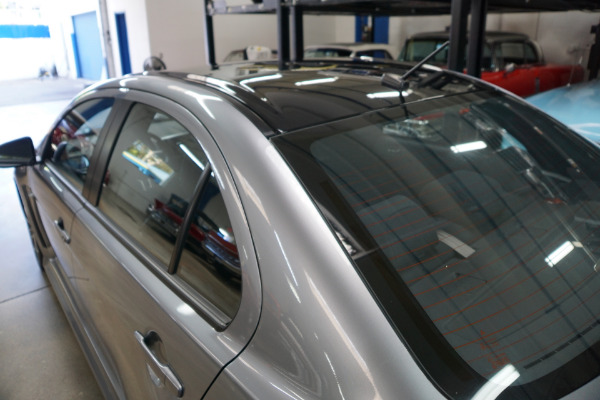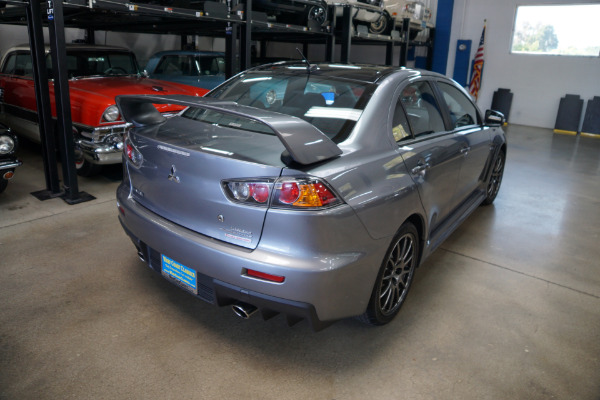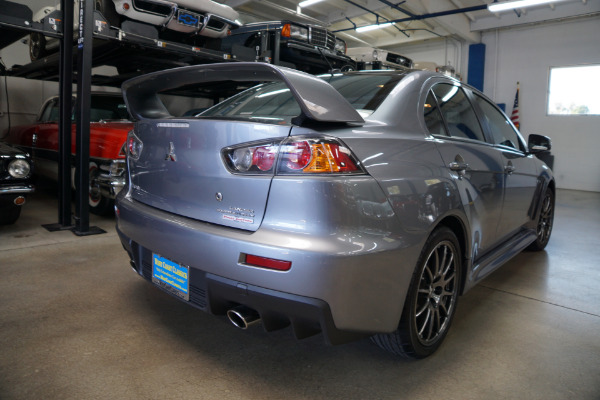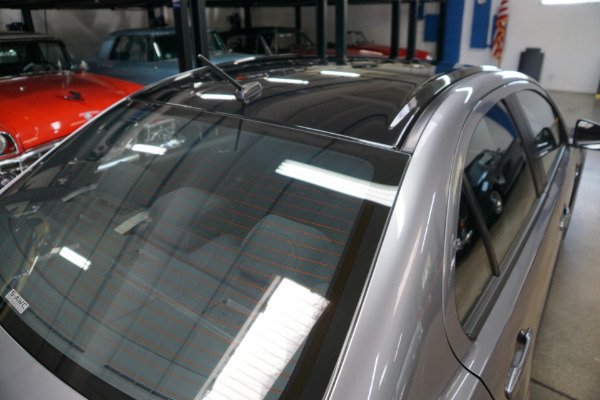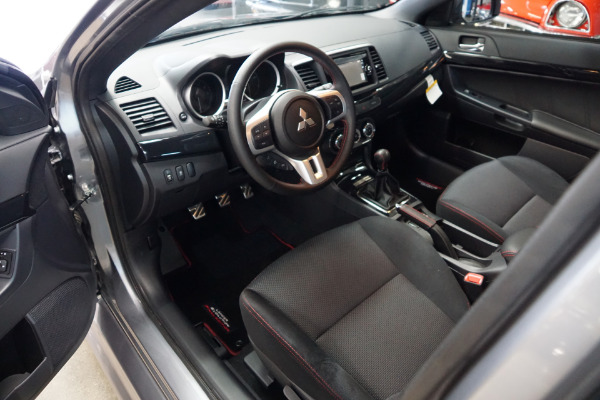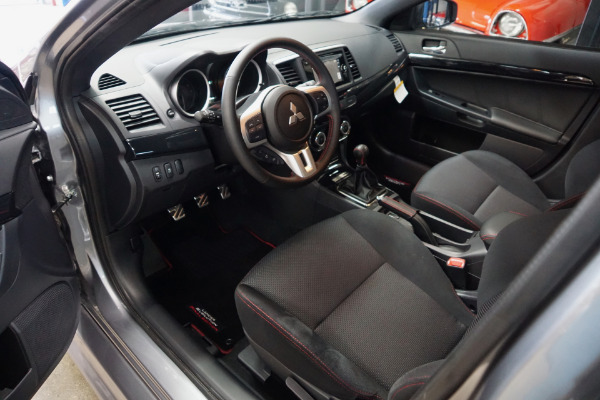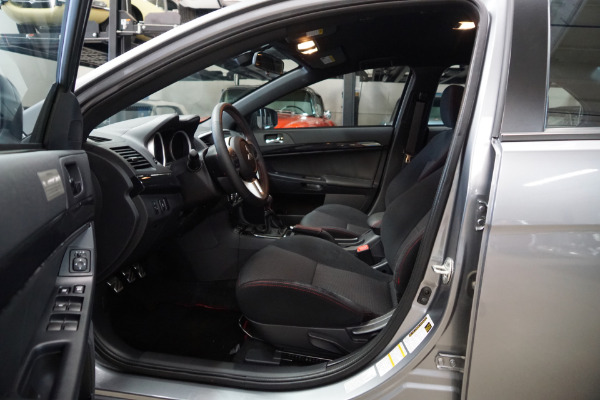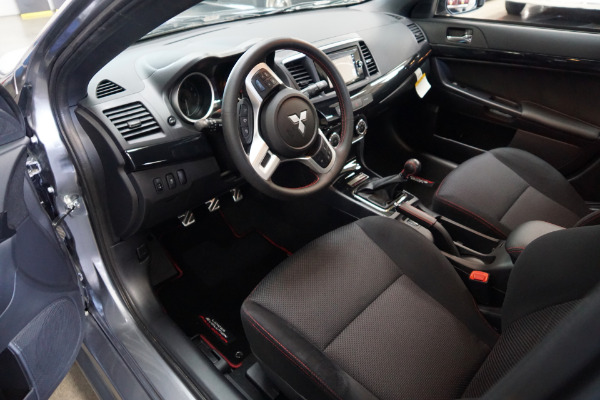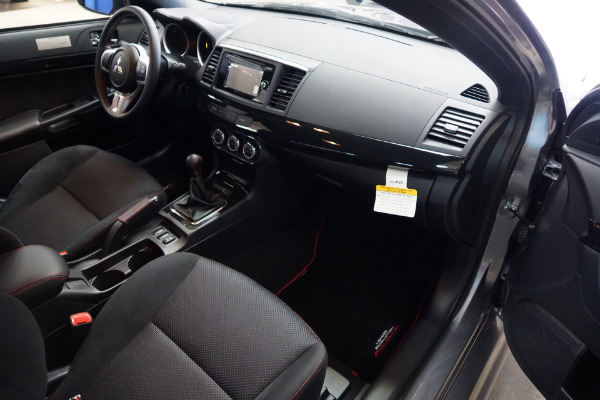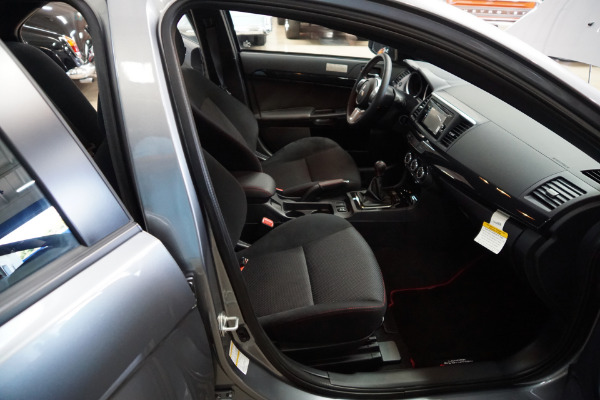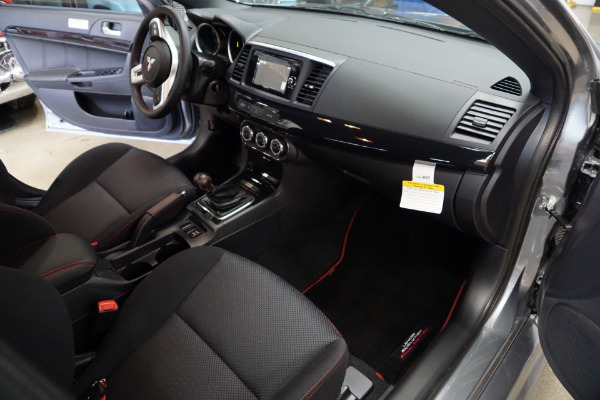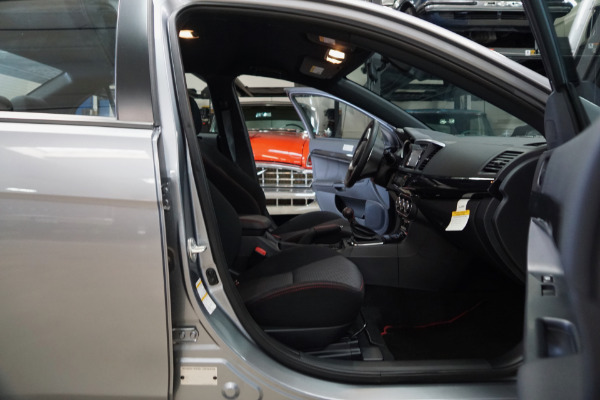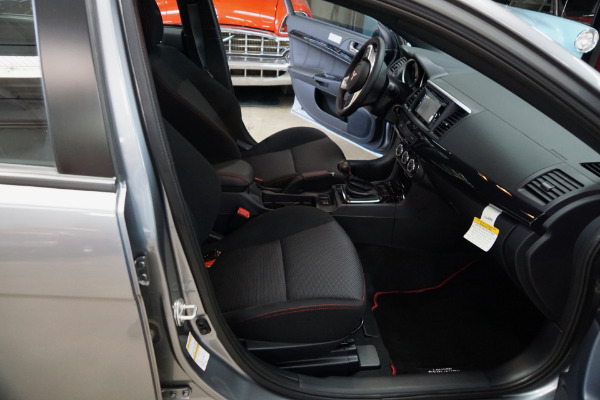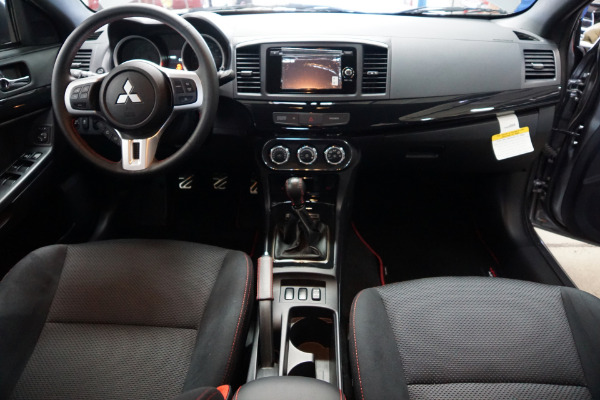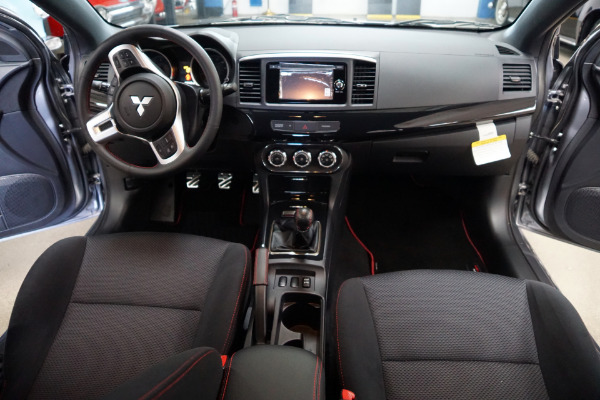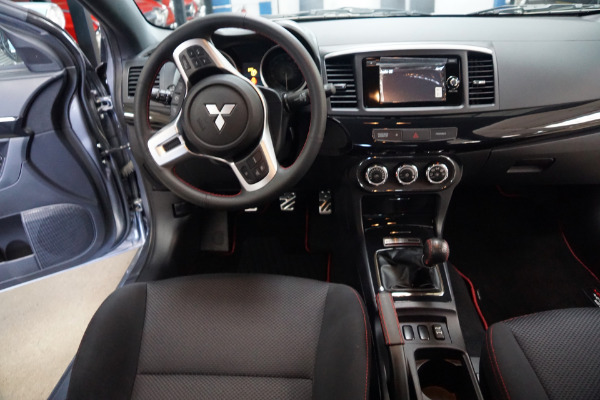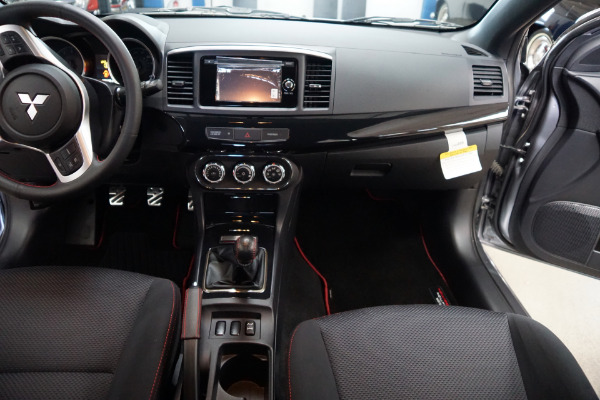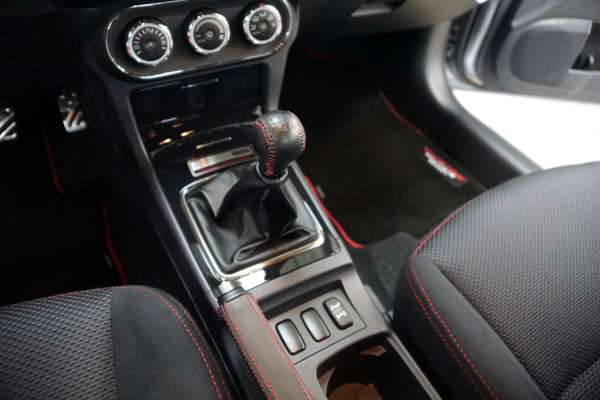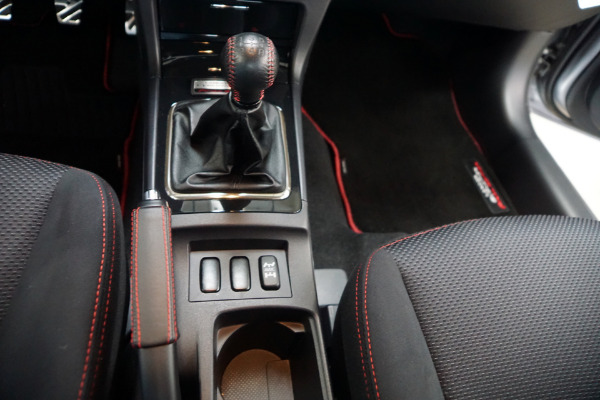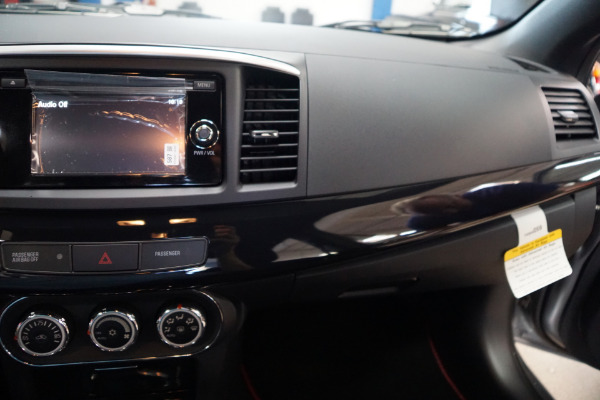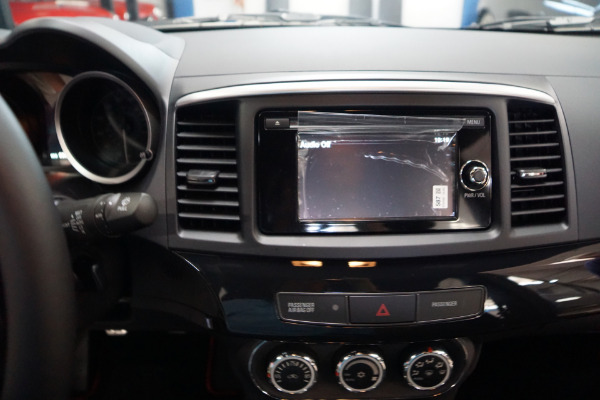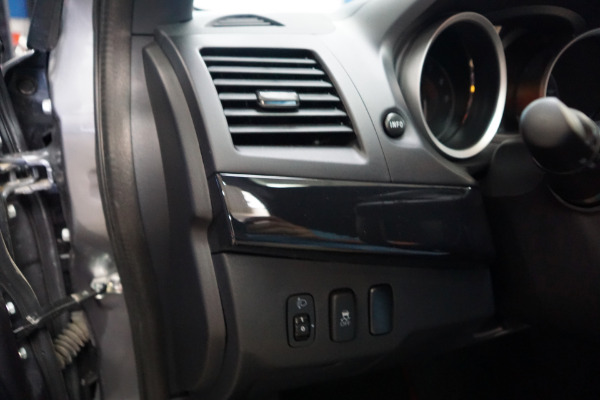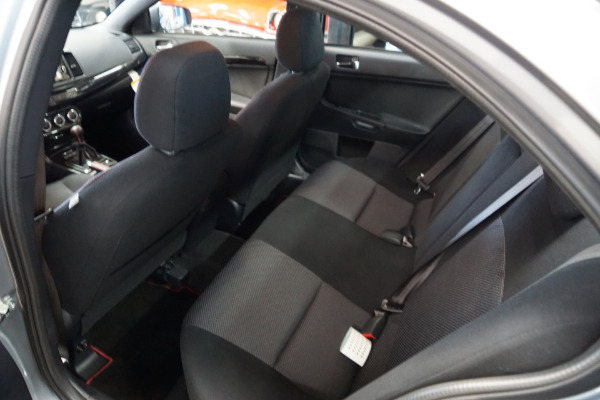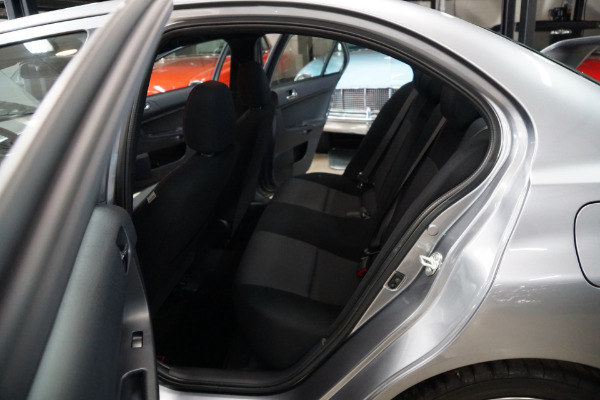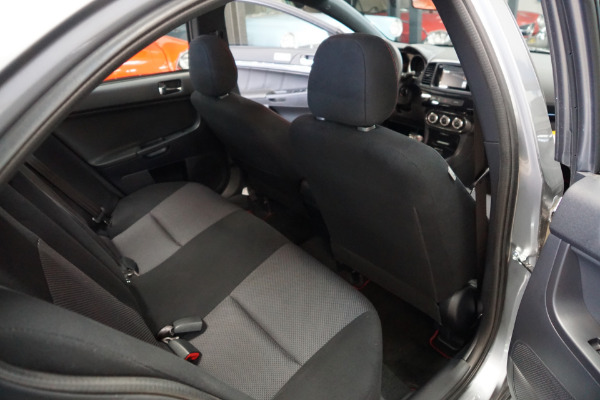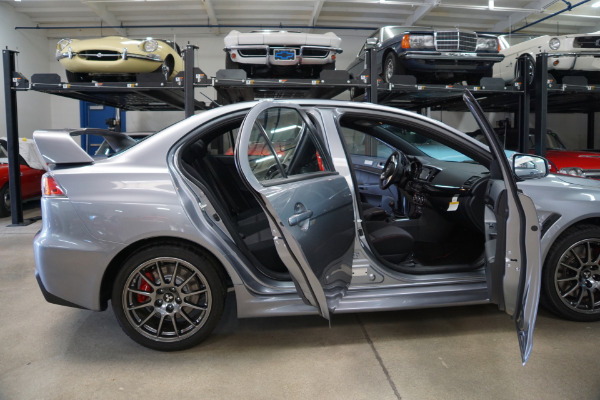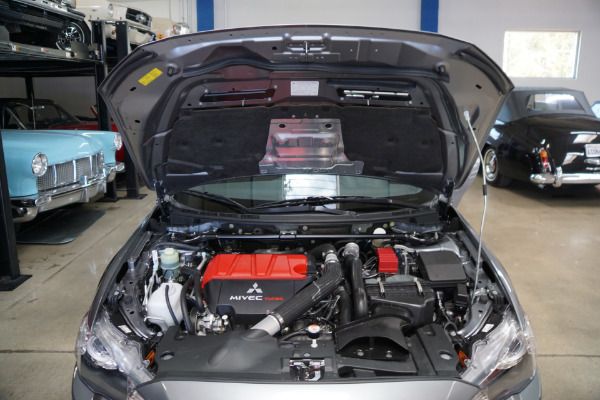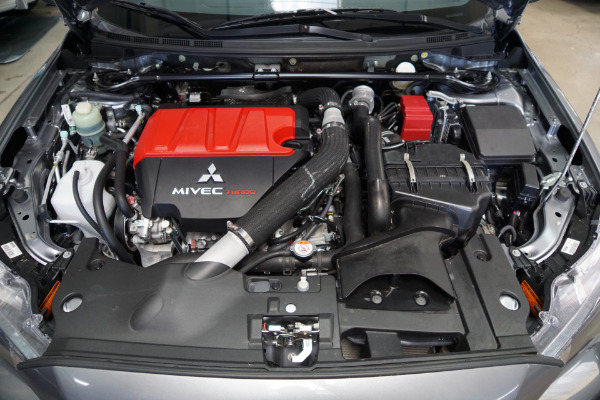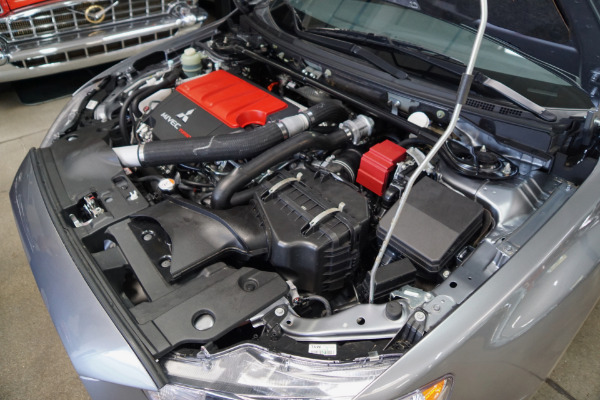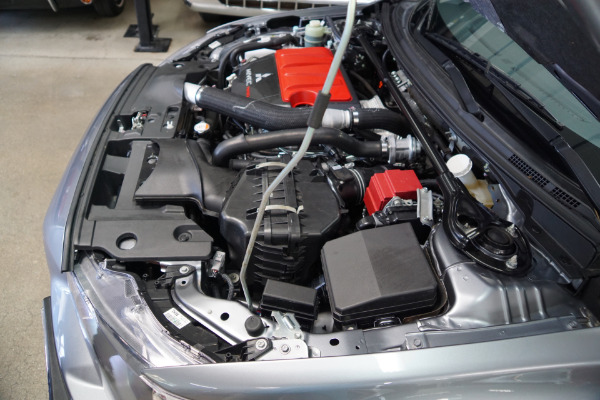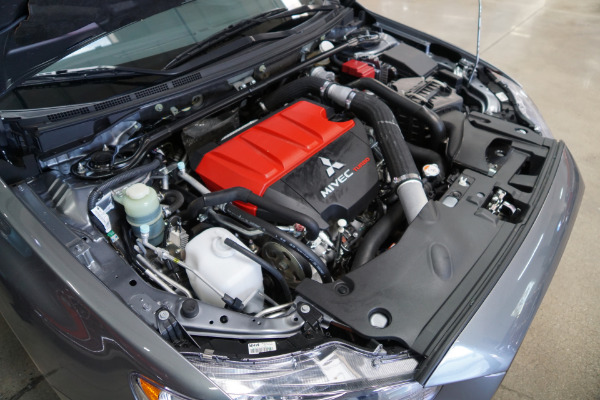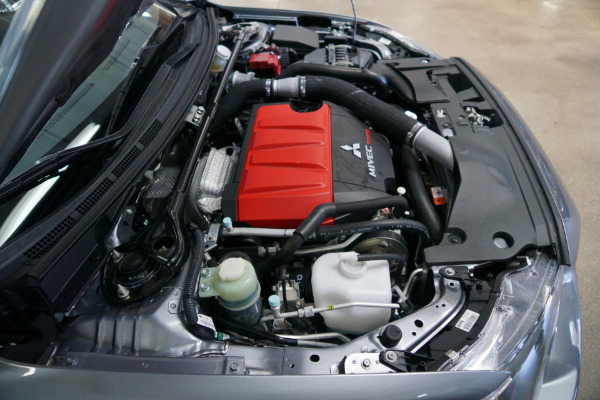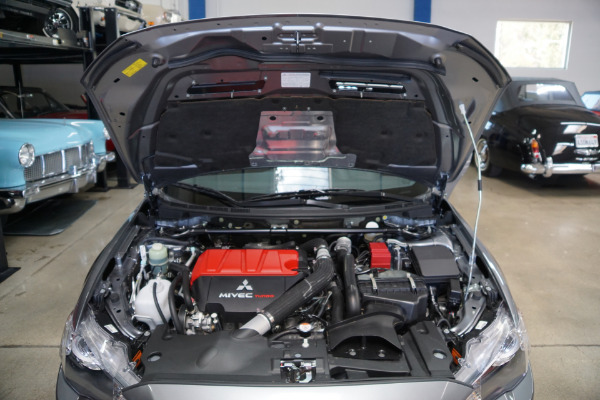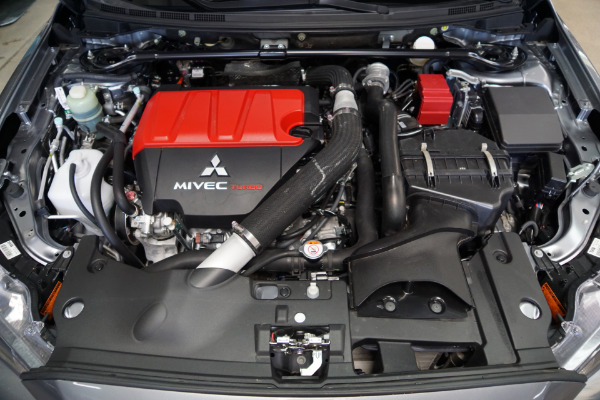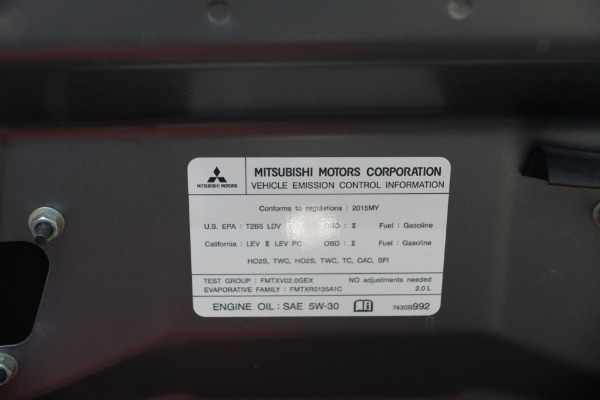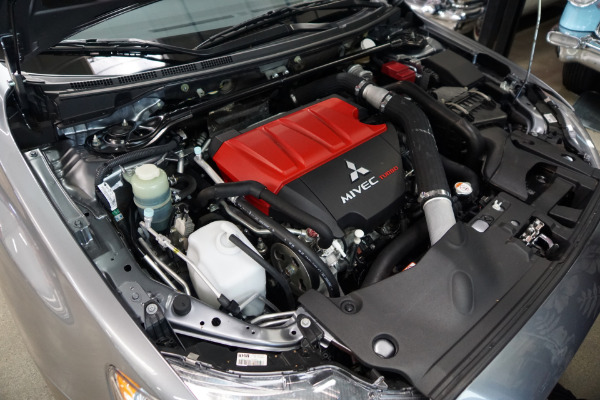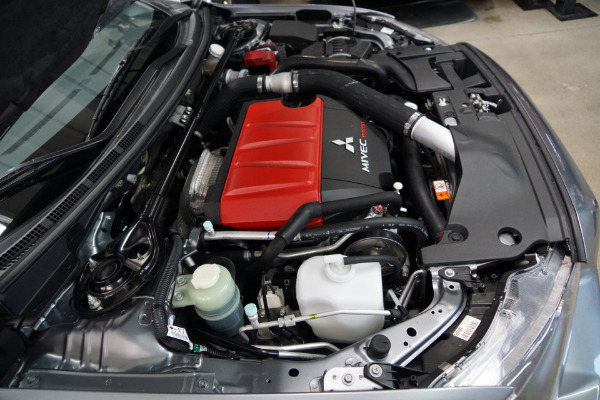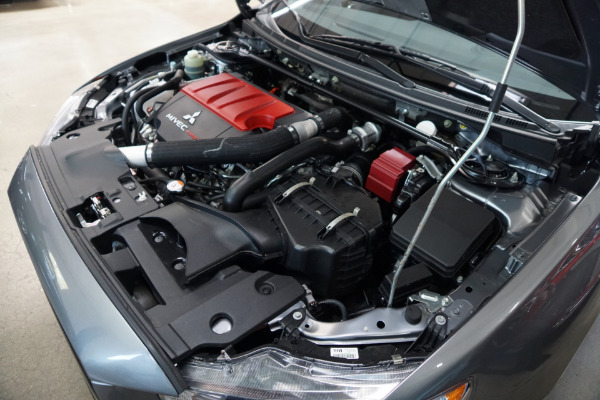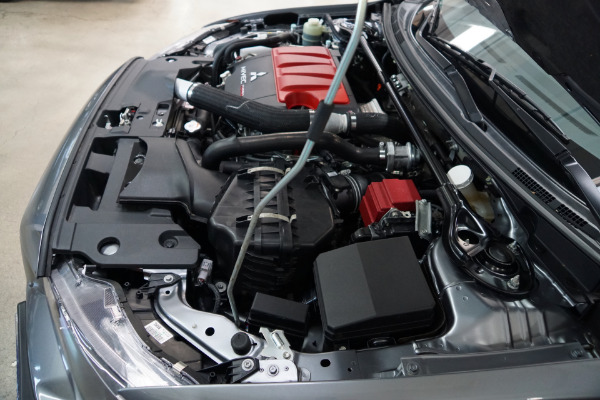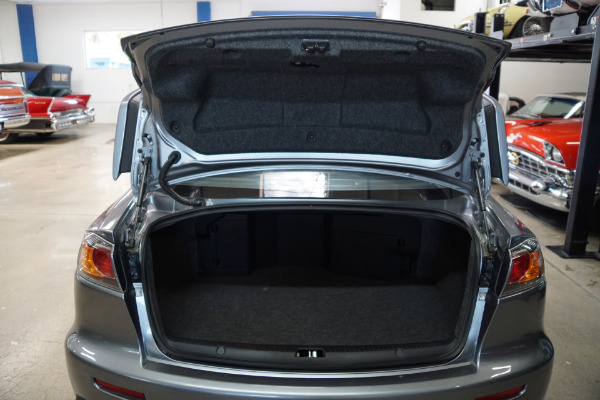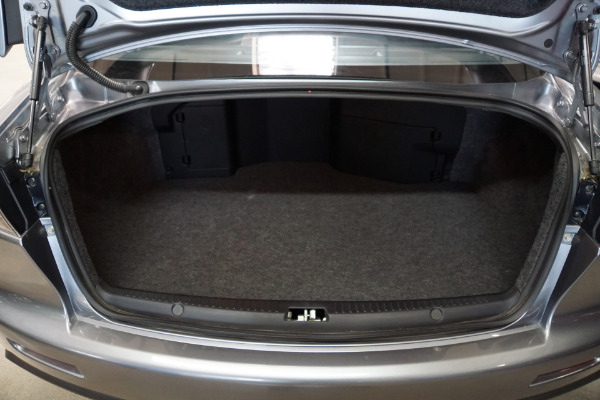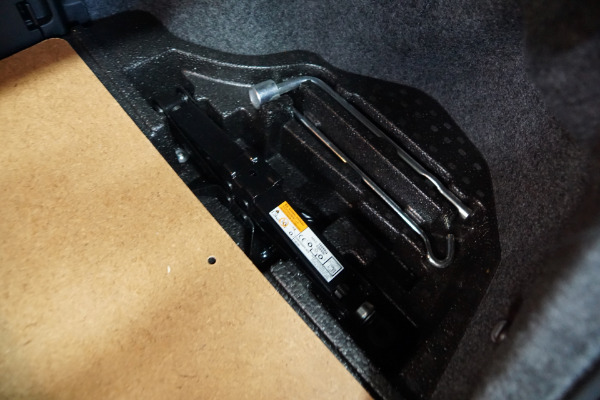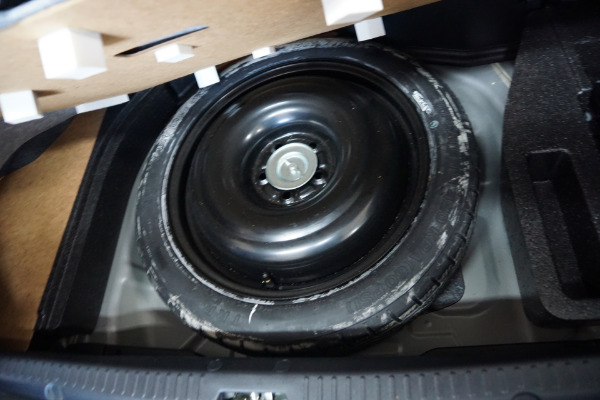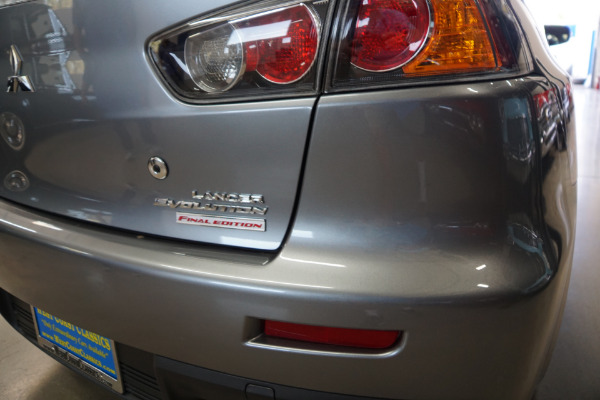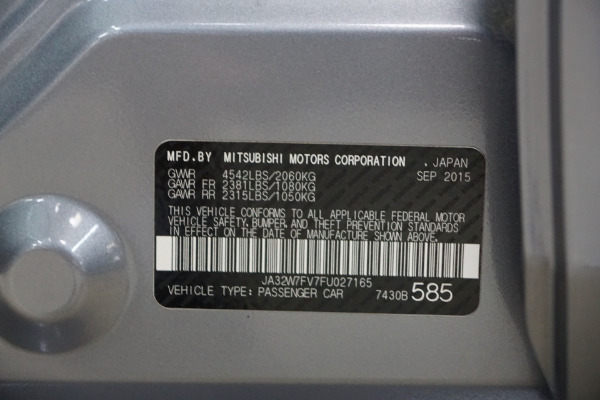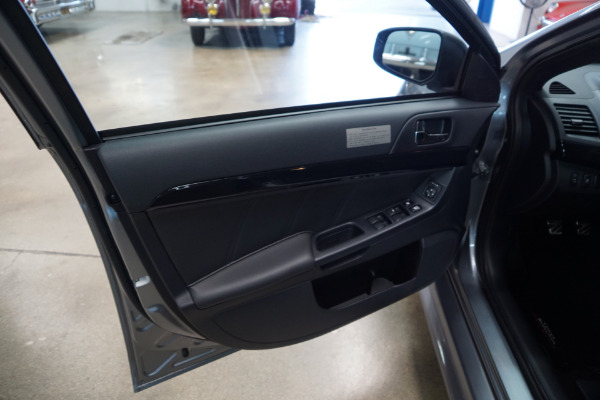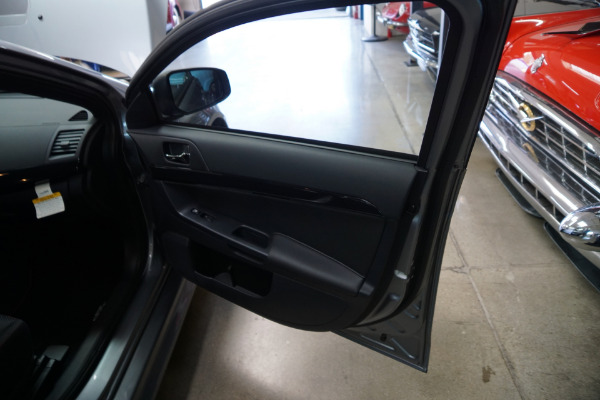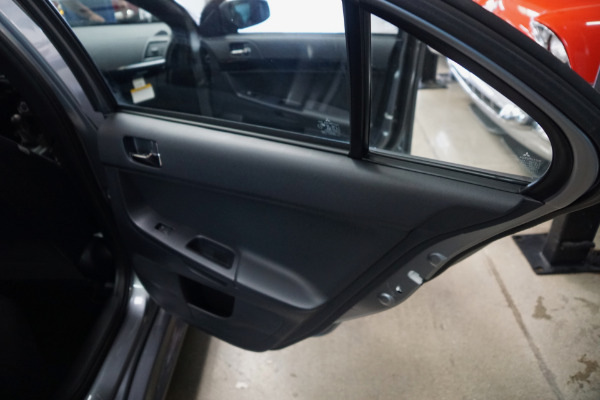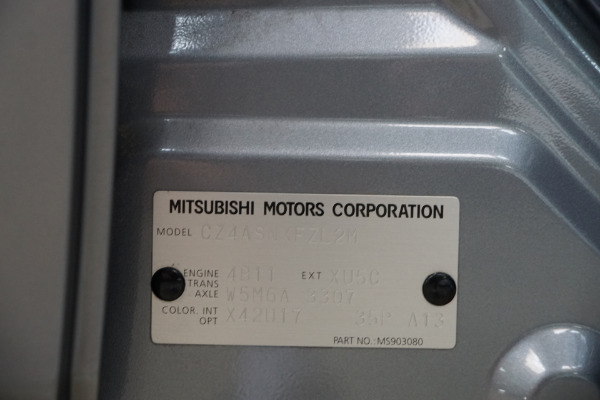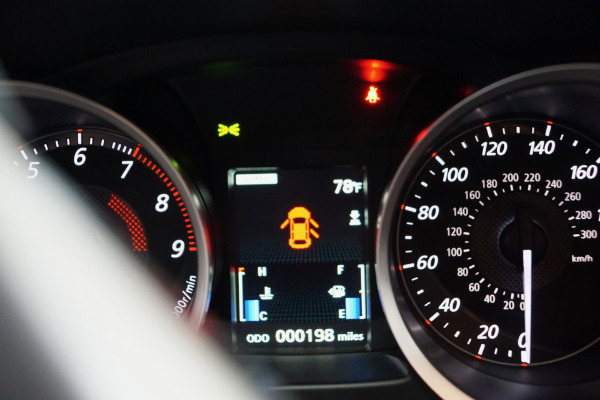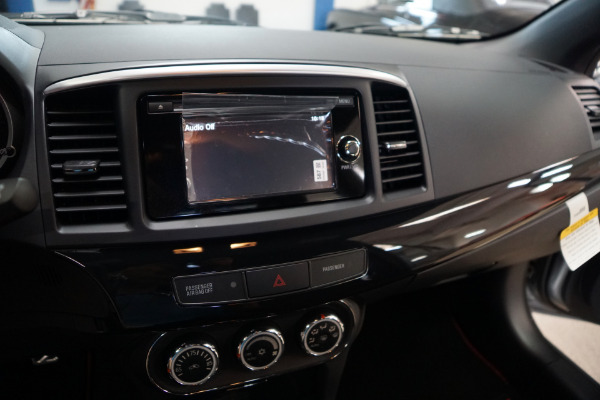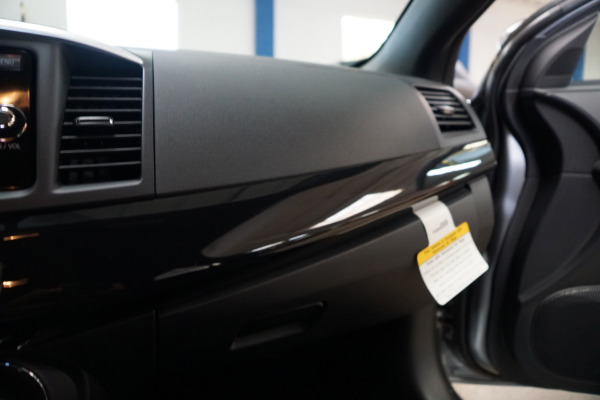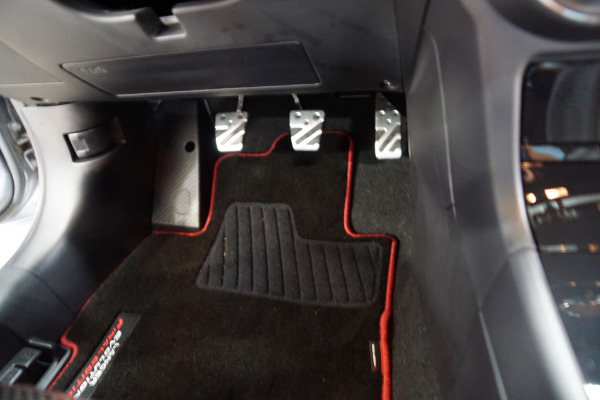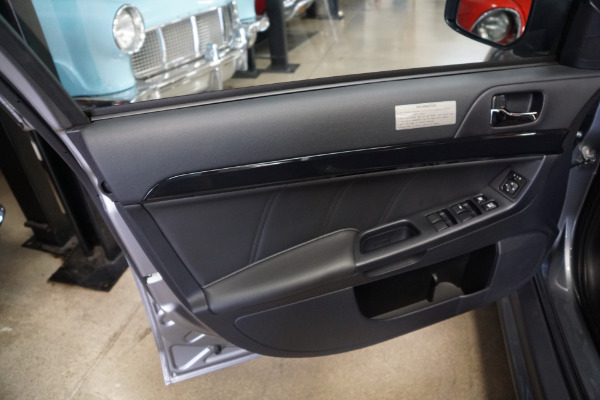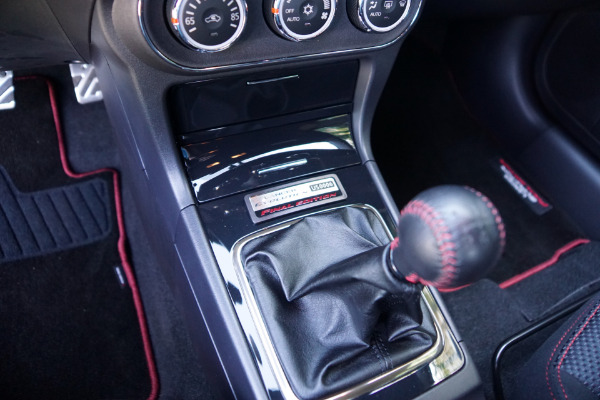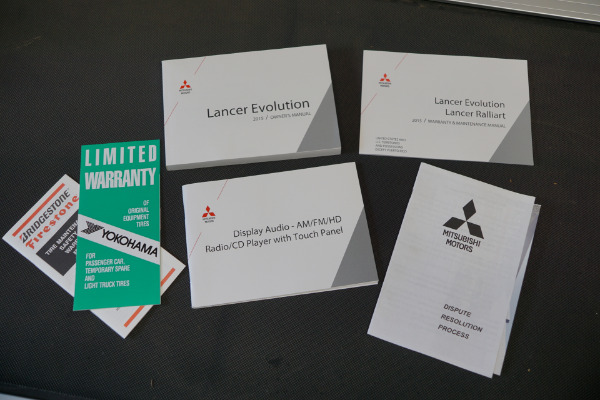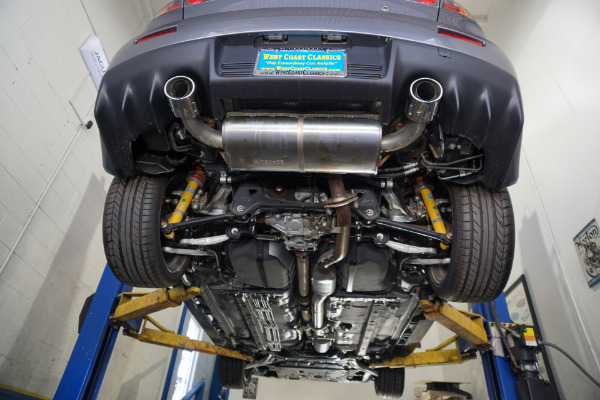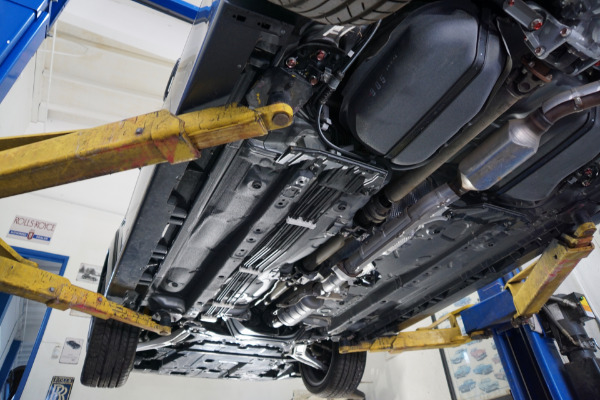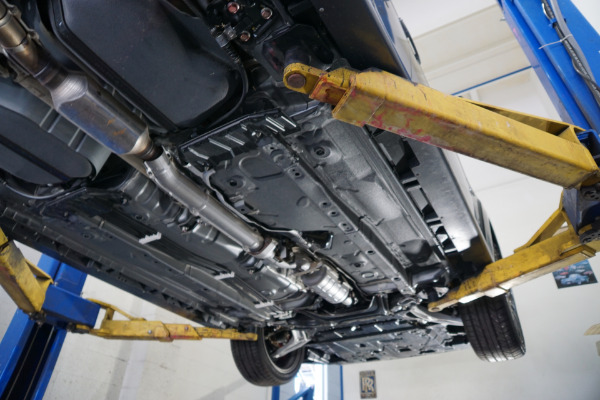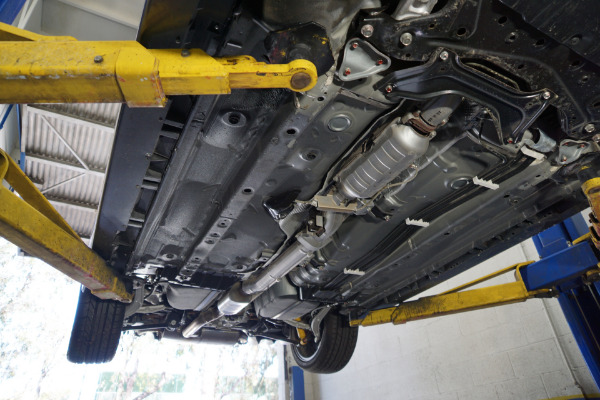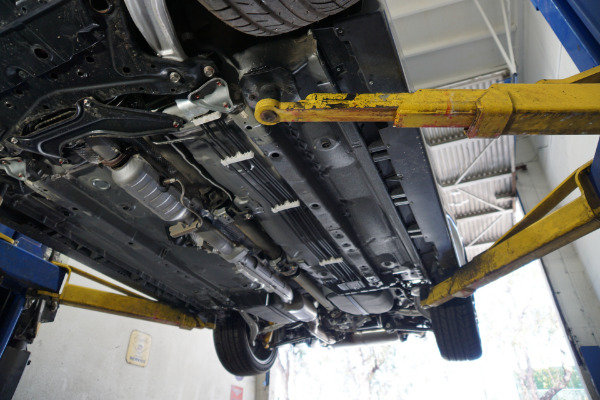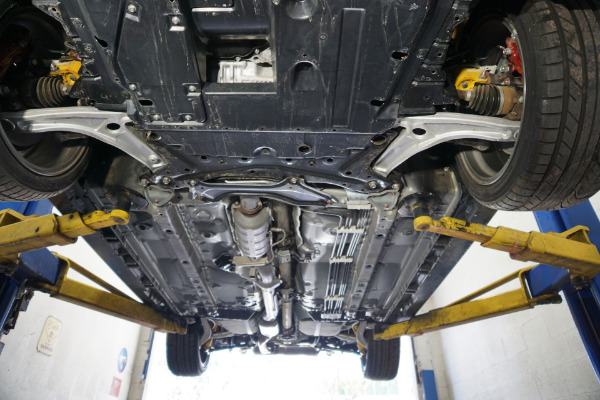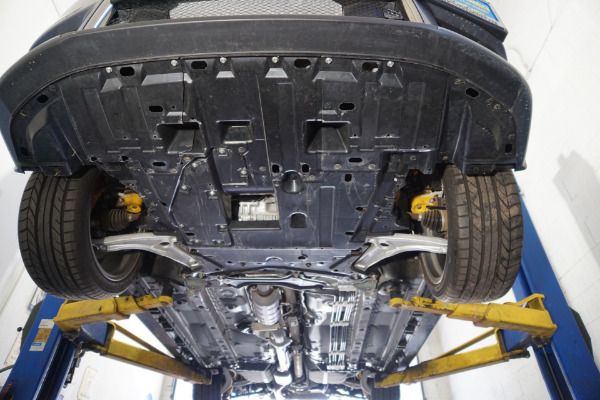PLEASE NOTE THIS CAR HAS NOW BEEN SUBMITTED TO BE AUCTIONED ON THE BRING A TRAILER WEBSITE
West Coast Classics are proud to present the ultimate incarnation of the legendary Mitsubishi Lancer Evolution "The Evo", and this is the 'Final Edition' model # 6 in as new condition with under 200 original miles! Collector owned and stored in a climate controlled garage since new.
There have been ten official versions of the 'Evo" to date, and the designation of each model is most commonly a Roman numeral. All use two litre turbocharged inline four-cylinder engines and all-wheel drive systems. The Evolution was originally intended only for Japanese markets, but demand on the "gray import" market led the Evolution series to be offered through Ralliart dealer networks in the United Kingdom and in various European markets from around 1998. Mitsubishi decided to export the eighth generation Evolution to the United States in 2003 after witnessing the success Subaru had in that market with their long-time direct rival, the Subaru Impreza WRX STi.
Japanese-spec versions of all Evos until the release of the Evo IX in 2005 were limited by a gentlemen's agreement to advertise no more than 276HP. However, sources say Mitsubishi had already been producing cars with more power but had been underrating the official power outputs in order to be in compliance with the agreement. Therefore, each subsequent version has unofficially evolved above the advertised power figures, with the Japanese-spec Evolution IX reaching an alleged output of around 317HP. Various versions available in other markets, particularly the UK, have official power outputs up to 440HP.
The tenth and final generation of the Lancer Evolution (Evo X) was launched in Japan in 2007, and overseas markets in 2008. The Evo X was produced for almost 10 years until it retired in April 2016.
The Lancer Evolution 'Final Edition' was a compact sedan that cost nearly $40,000 and had no navigation system or backup camera. The sole USB port is hidden in the glove compartment as an afterthought. The turbocharged 2.0-liter four is rated at 303 horsepower and delivers colossal mid-range torque. Each of the five forward gears engages with the certainty of a guillotine, and the overdrive fifth gear doesnt slow the engine down much for freeway driving thanks to the supershort 4.69:1 final-drive ratio. The only way the hydraulically assisted power steering could be more engaging is if the driver held the tie-rod ends in his bare hands. This is a full-immersion automobile; the driver can practically drown in its mechanical frenzy. Like so many great cars before it, the Evo is awesome because its a race car.
Mitsubishi, consistently confused about what it wants to be, at one time decided to embrace rallying as a path to corporate clarity. And in 1987 it built the four-wheel-drive, turbocharged Galant VR-4 sedan to go hunting. The iron-block 4G63 2.0-liter engine and its accompanying four-wheel-drive system were freakishly brilliant, but the Galant was too large to dominate World Rally Championship. So, in 1992, Mitsubishi stuffed the Galant VR-4s driveline into the smaller, agonizingly ordinary Lancer sedan to create the first Evothe Evolution I. Though it was sold only in Japan, the first Evo was too good for its legend to stay on the archipelago. With 247 horsepower and a massive intercooler crammed into its nose, it went on sale shortly after magazines like Sport Compact Car were hitting newsstands in America. It was the scalded-cat, twerp-monster answer to the aging, muscle-car orthodoxy of the early 1990s. It was an anti-style four-door box to cravefrom afar, unattainableand people born after Woodwards heyday could claim it as the center of their performance universe. It was a profane digit aimed at Camaros, Mustangs, Chevelles, and Chargers.
As American car freaks made do with the mechanically similar Diamond-Star (Chrysler, Dodge, Eagle, Mitsubishi, and Plymouth) coupes and turning the Honda Civic quick, the Evo legend grew. By the time the Evo II appeared in 1993, the 4G63T was snorting out 256 horsepower, climbing to 266 in 1995 with the Evo III. Then there was this Finnish guy named Tommi. Mitsubishis factory Ralliart team had developed the Evo into a near-perfect rally weapon, with Tommi Mkinen as the trigger. With an insane instinct for car control, Mkinen used a series of Evo IIIs, IVs, Vs, and VIs to win the WRC drivers championship for four straight years, 1996 through 1999. Mkinen could turn an Evo in mid-flight, carom off berms like pool-table balls, and gain speed as his cars disintegrated around him. Now the Evo legend was fortified with achievement. Mitsubishi only won the manufacturers championship in 1998, but the Evo seemed to be charting an exciting course for the companys future. As the 21st century arrived, the Evo legend was massive, and dozens were sneaking into America through importers. Even Mitsubishi finally got it through its thick commercial skull that Americans had an Evo appetite. So in 2003, Mitsu donated several Evo VIIs for Paul Walker to drive in '2 Fast 2 Furious' and finally certified the Evo VIII for sale in America.
With its 271-hp 4G63T, the Evo VIII was raw, brutal, and punishing in the best possible way. The Evo is not without its shortcomingsits just that none of them diminishes the ability to have fun in the car, wrote junior writing drone Daniel Pund in C/Ds first comparo between the Evo and its perennial archenemy, the Subaru Impreza WRX STi.
Through all the microsliced variations of Evo that Mitsu has served since thenRS, MR, GSR, SE, and various FQsthe character of the car has remained intact. Its still a car that generates analog sensations rather than digital simulations, and that is ridiculously fast.
The 'Final Edition' plays like a best-of compilation. Based on the current Evolution X GSR, the hood, front fenders, and roof are aluminum and the 2.0-liter 4B11 turbocharged four has been pumped up 12 horsepower to 303HP. The only transmission is that quaint five-speed. The front seats arent Recaros, which says it all. The suspension features Eibach springs and Bilstein shocks, and those are big Brembo brakes behind each 18-inch Enkei wheel. In compensation for the mechanical mayhem and coccyx-slapping ride, the Final Edition is the quickest Evo weve ever tested, running to 60 mph in 4.4 seconds. Launching takes a commitment to clutch abuse and faith that 245/40R-18 Yokohama Advan tires stick as tenaciously in a straight line as they do in corners.
This is an exceptionally easy and satisfying car to go ridiculously fast in. Theres always power available, the steering is instinctive and quick, and the brakes keep working no matter how much abuse is thrown their way.
The Evo X had been around since 2007, but its this final edition that brings back the charisma of its 4G63T-powered ancestors. In late March 2014, it was revealed that production of the Mitsubishi Lancer Evolution would end after the 2015 model year. The company planned on concentrating its efforts on crossover vehicles and electric vehicles instead. This was confirmed by Mitsubishi spokeswoman Namie Koketsu, who issued a press release stating "Mitsubishi Motors does not have any plans to design a successor with the current concept, as a high-performance four-wheel drive gasoline-powered sedan. Mitsubishi Motors will explore the possibilities of high-performance models that incorporate electric vehicle technology." and so in 2015 Mitsubishi imported only 1,600 of these 'Final Edition' Evos.
End of an icon.
You will look long and hard to find any Final Edition with these kind of miles and this must surely be the ultimate example of the legendary 'Evo'. The best and numbered 'Final Edition' from 2015 and in totally unused and as new condition with less than 200 original miles! Collector or museum quality obviously; no finer example exists anywhere of this iconic masterpiece of Japanese automobile engineering!
ENGINE TYPE: turbocharged and intercooled DOHC 16-valve inline-4, aluminum block and head, port fuel injection
Displacement: 122 cu in, 1998 cc
Power: 303 hp @ 6500 rpm
Torque: 305 lb-ft @ 4000 rpm
TRANSMISSION: 5-speed manual
DIMENSIONS:
Wheelbase: 104.3 in
Length: 177.0 in
Width: 71.3 in Height: 58.3 in
Passenger volume: 95 cu ft
Trunk volume: 7 cu ft
Curb weight: 3517 lb
C/D TEST RESULTS:
Zero to 60 mph: 4.4 sec
Zero to 100 mph: 11.9 sec
Zero to 130 mph: 24.4 sec
Rolling start, 5-60 mph: 6.0 sec
Top gear, 30-50 mph: 6.7 sec
Top gear, 50-70 mph: 5.2 sec
Standing -mile: 13.3 sec @ 104 mph
Top speed (redline limited): 146 mph
Braking, 70-0 mph: 163 ft
Roadholding, 300-ft-dia skidpad: 0.93 g
FUEL ECONOMY:
EPA city/highway driving: 17/23 mpg
C/D observed: 17 mpg
The Mitsubishi Lancer Evolution won Consumer Search's best Aggressive sports sedan in Best Sports Sedans in June 2006. During 20042005 alone it won six major awards, being declared "Sports Car of the Year" in Scotland and France, "Playboy Sports Car 2004" in Poland, "Best New Production Car Under 60,000" in Greece, "Sport Compact Car of the Year" in 2004 and 2005 (Sport Compact Car magazine) and "2005 All-Star" (Automobile magazine) in the United States and Motor magazine's Best "Bang for Your Bucks" Australia. Also in 2004, the Lancer Evo was presented with the Editors' Choice Award by Grassroots Motorsports. The Lancer Evolution X was named as the "Best Performance Car under $50K" by Canadian TV show Motoring 2009, and won the Automobile Journalists Association of Canada's 2009 "Best New Technology" award. It was also nominated as one of the top 10 "World Performance Car of the Year", won the Automotive Excellence Awards' 2008 "Fun to Drive" category, and took Dave TV's "Sports Car of the Year" award in 2008.





